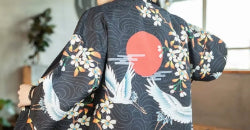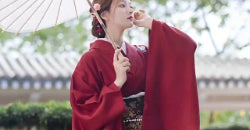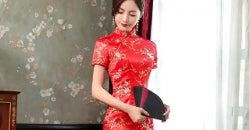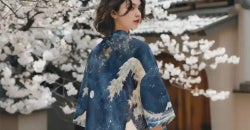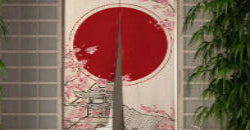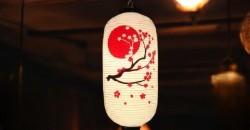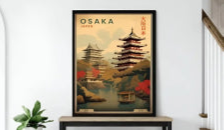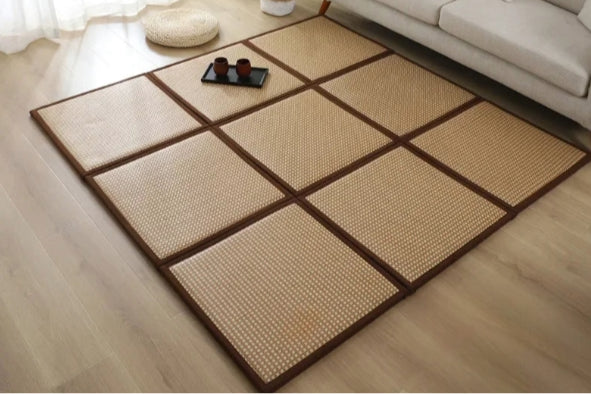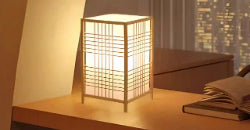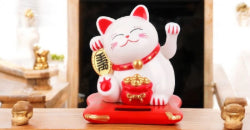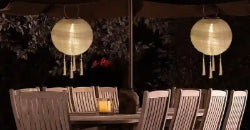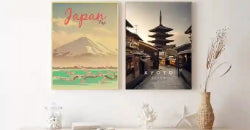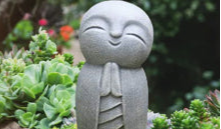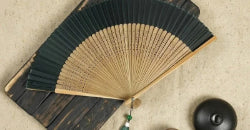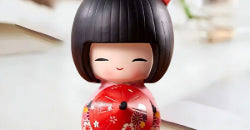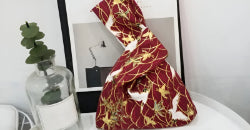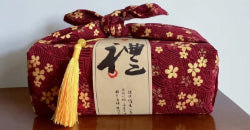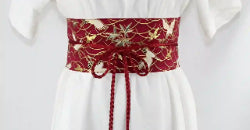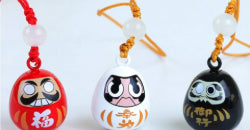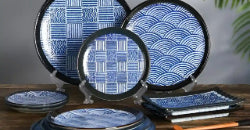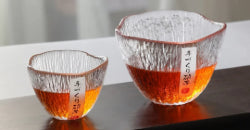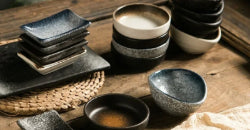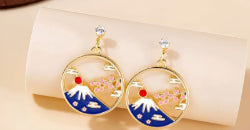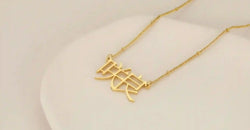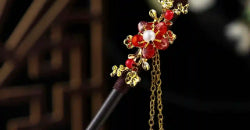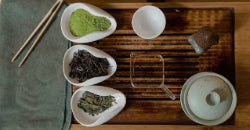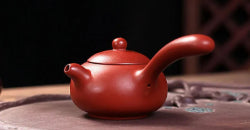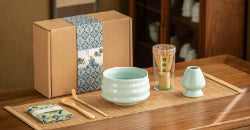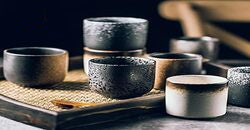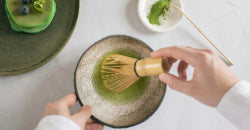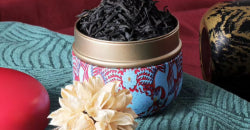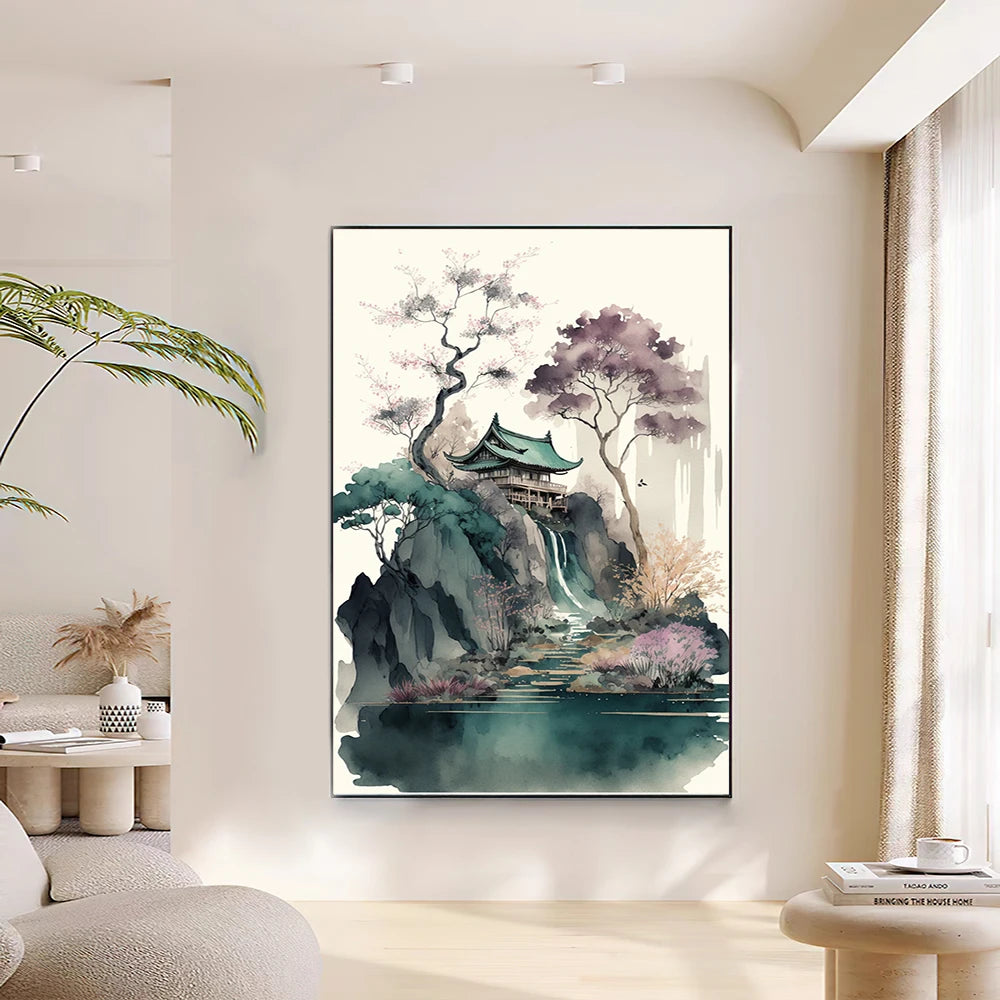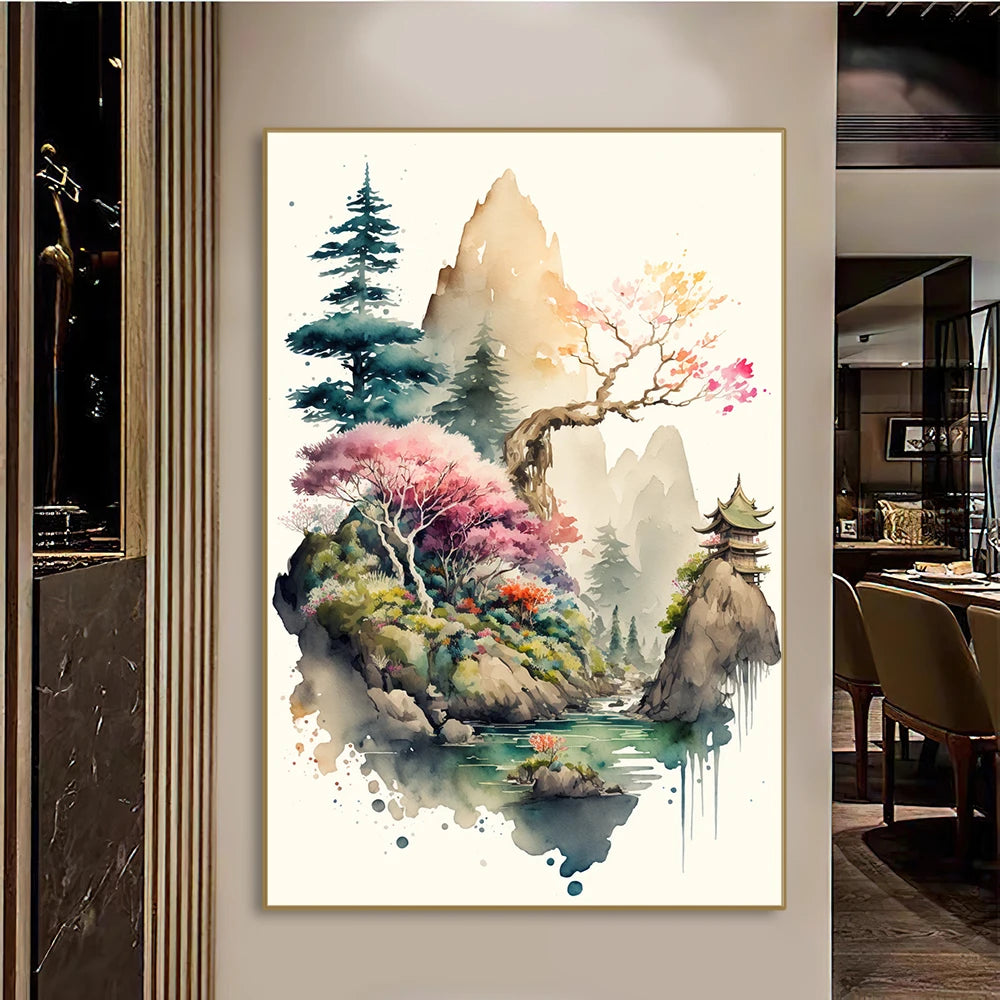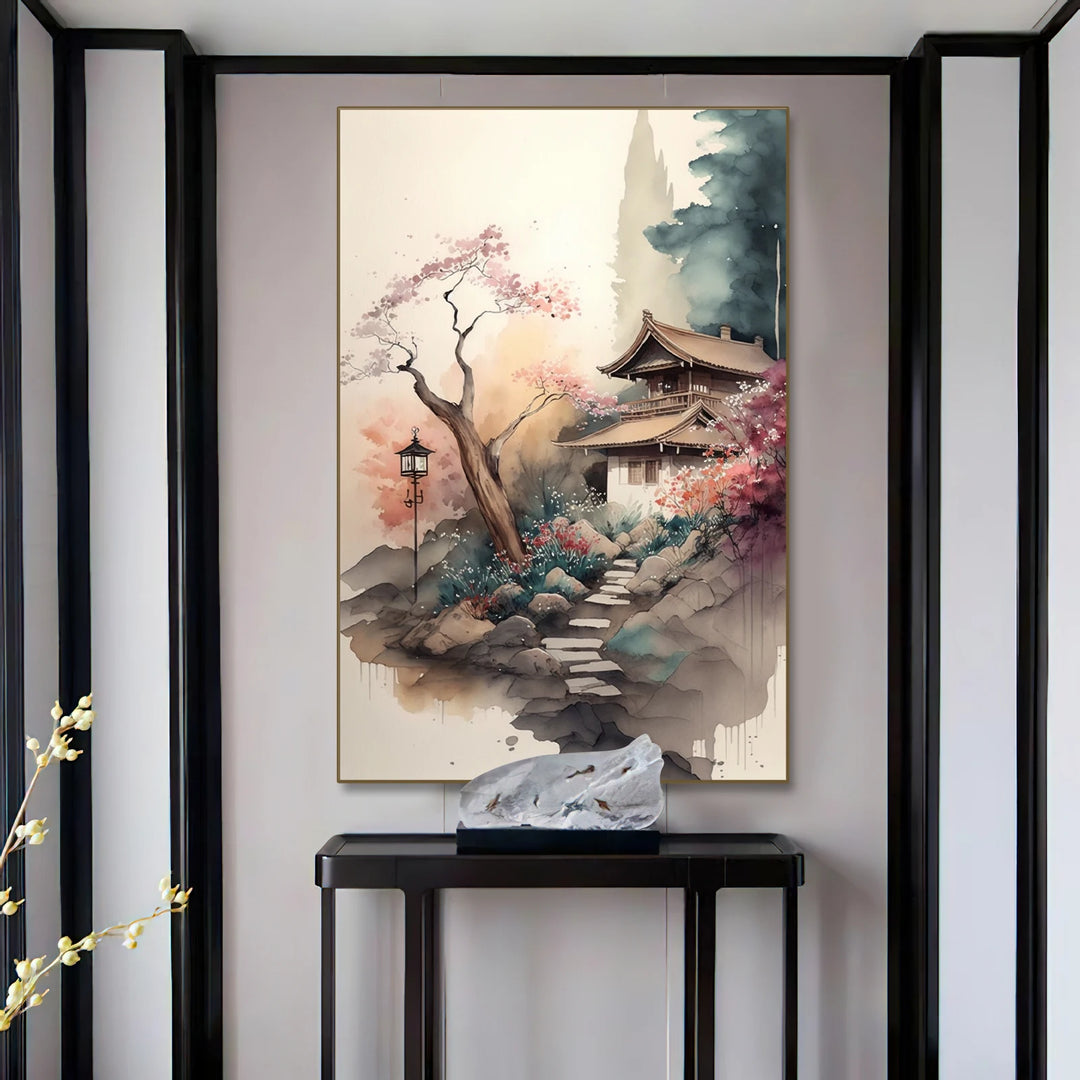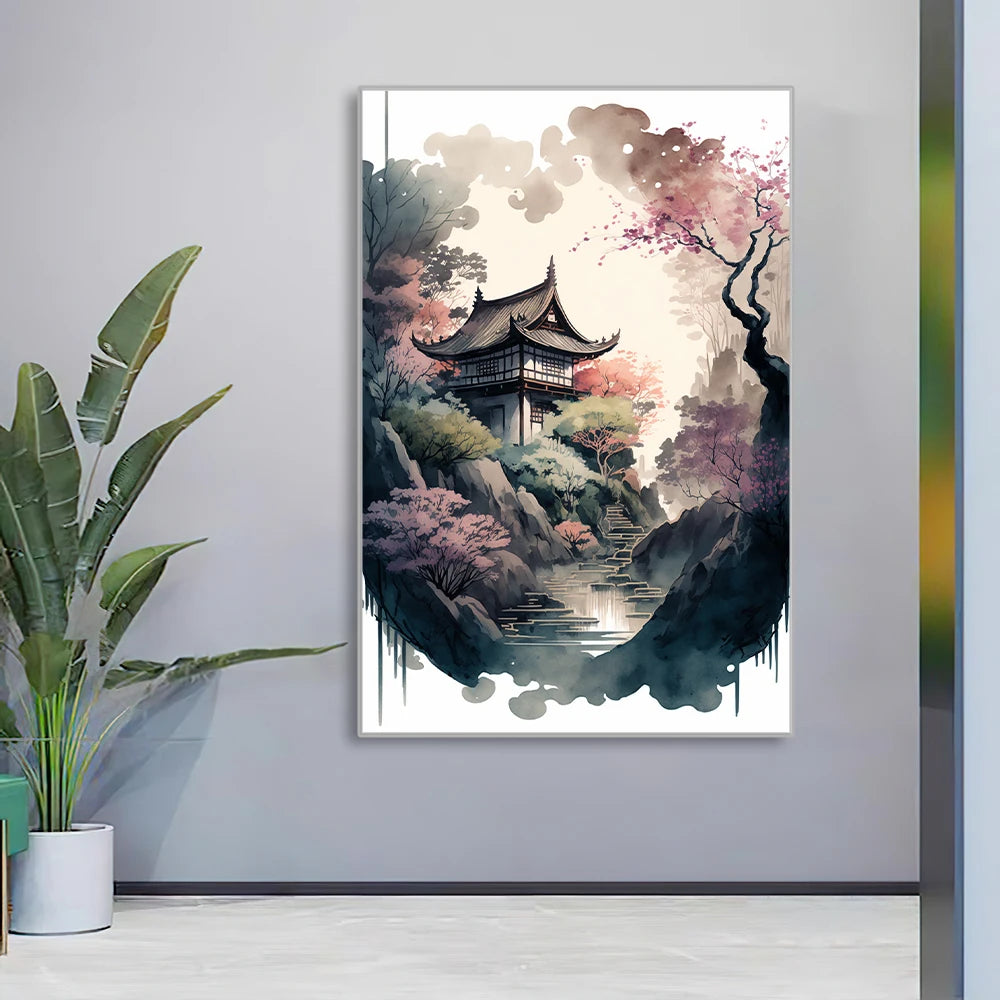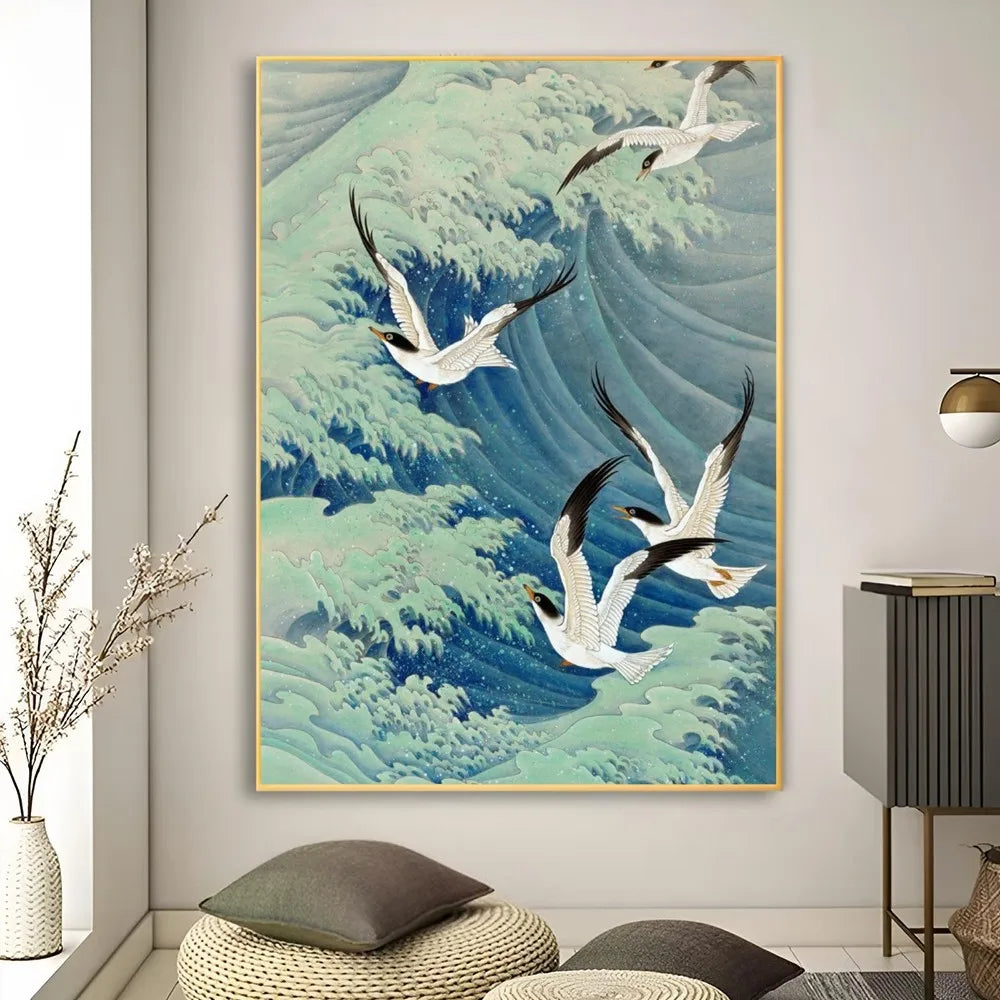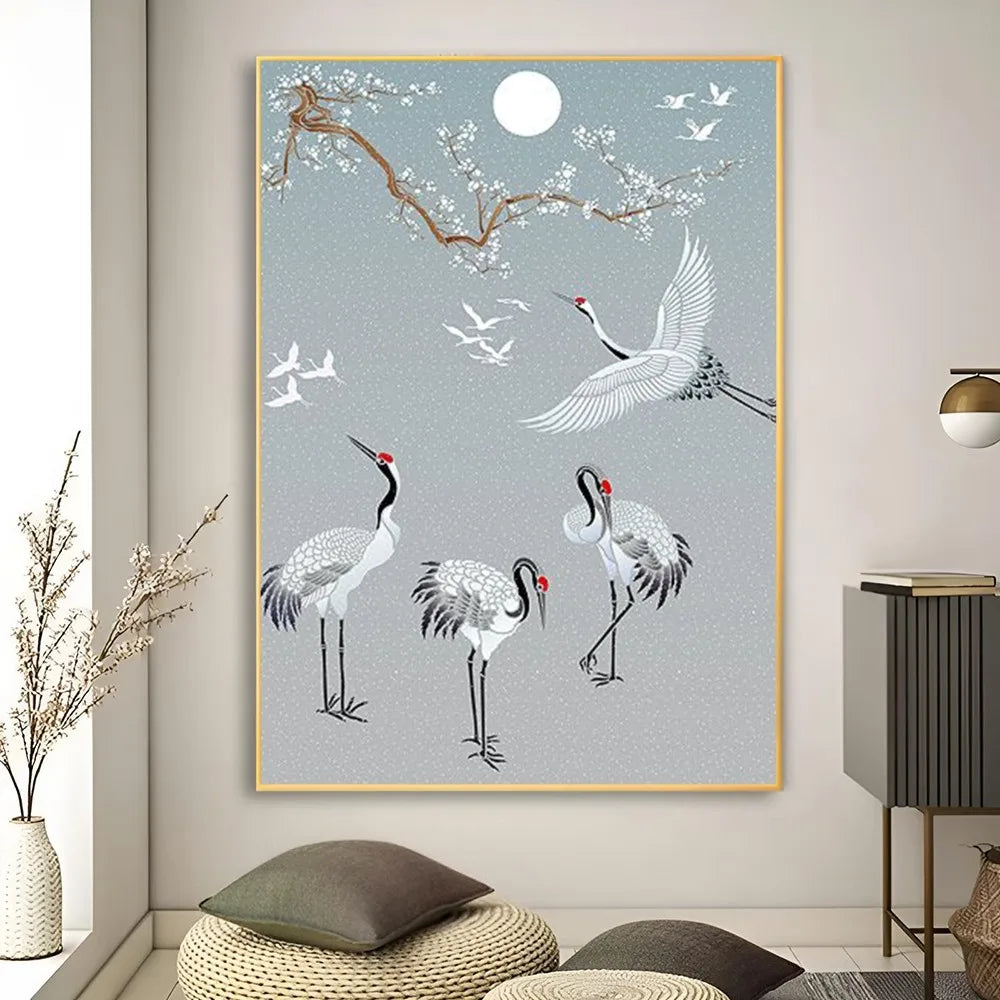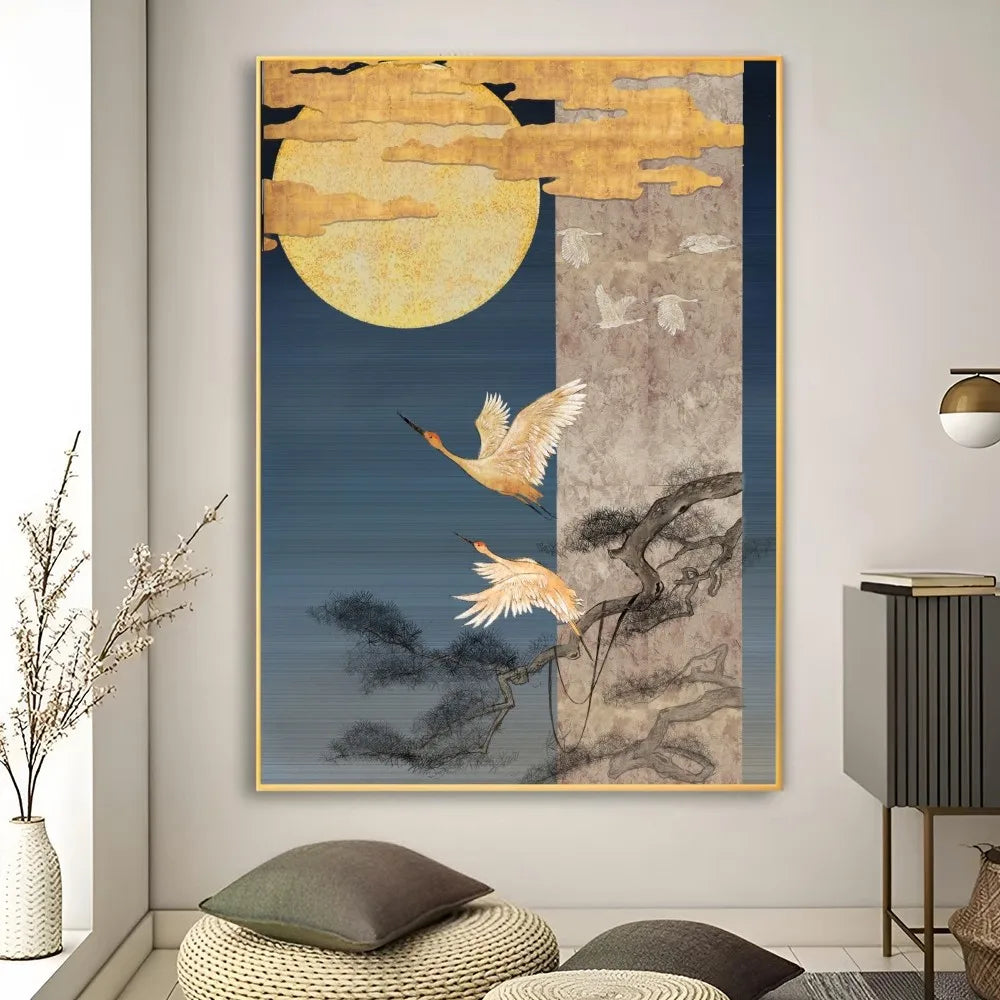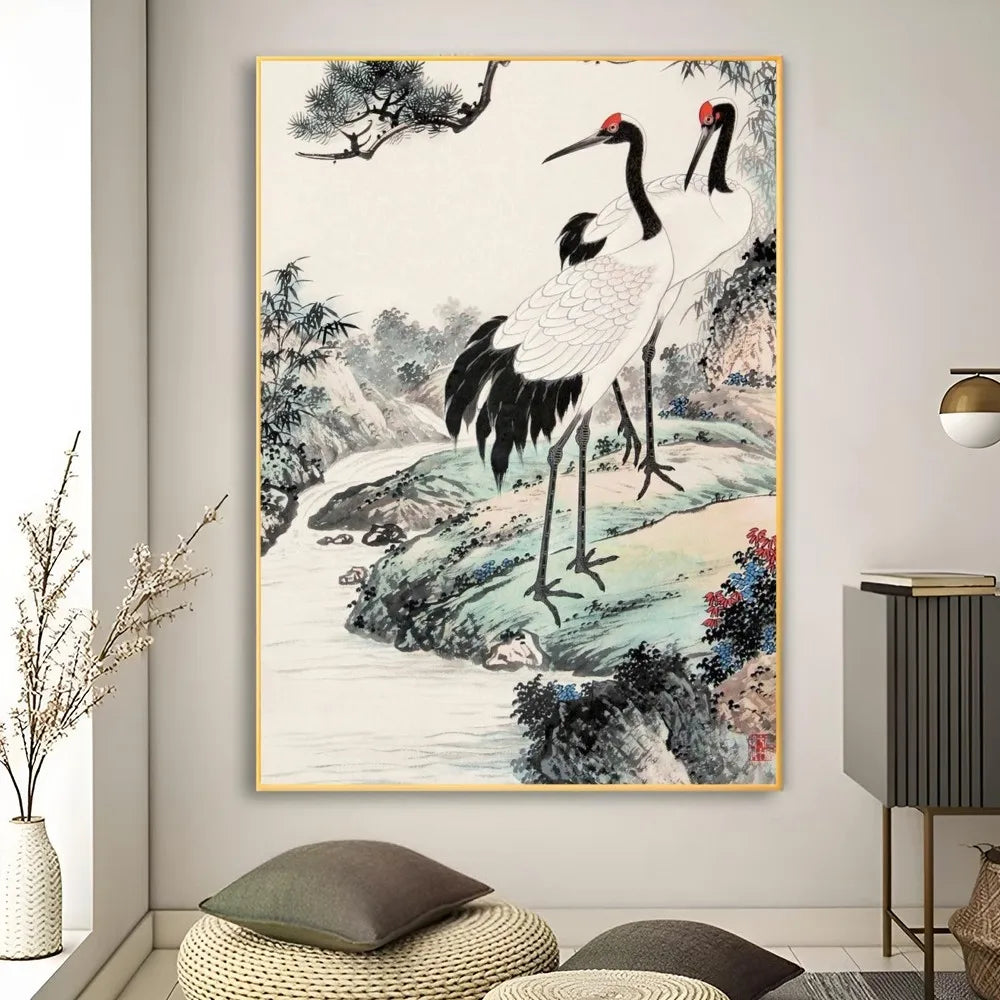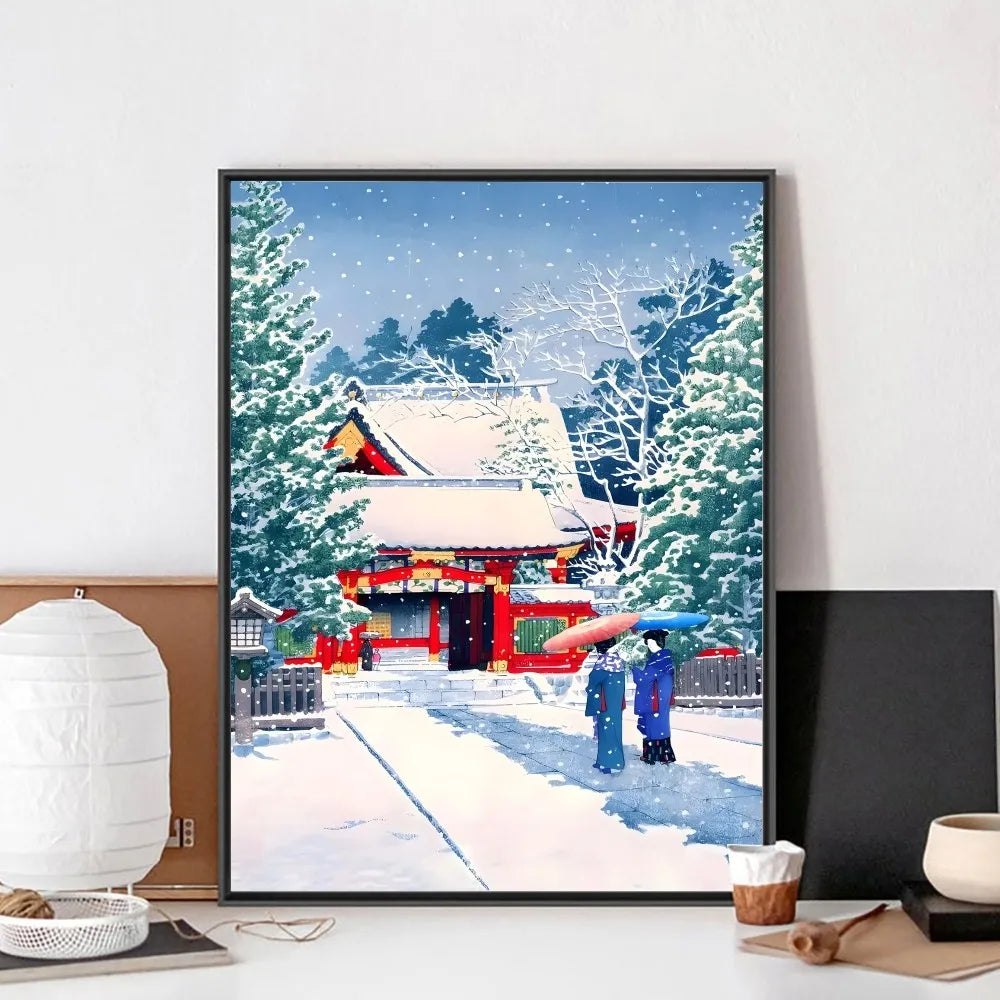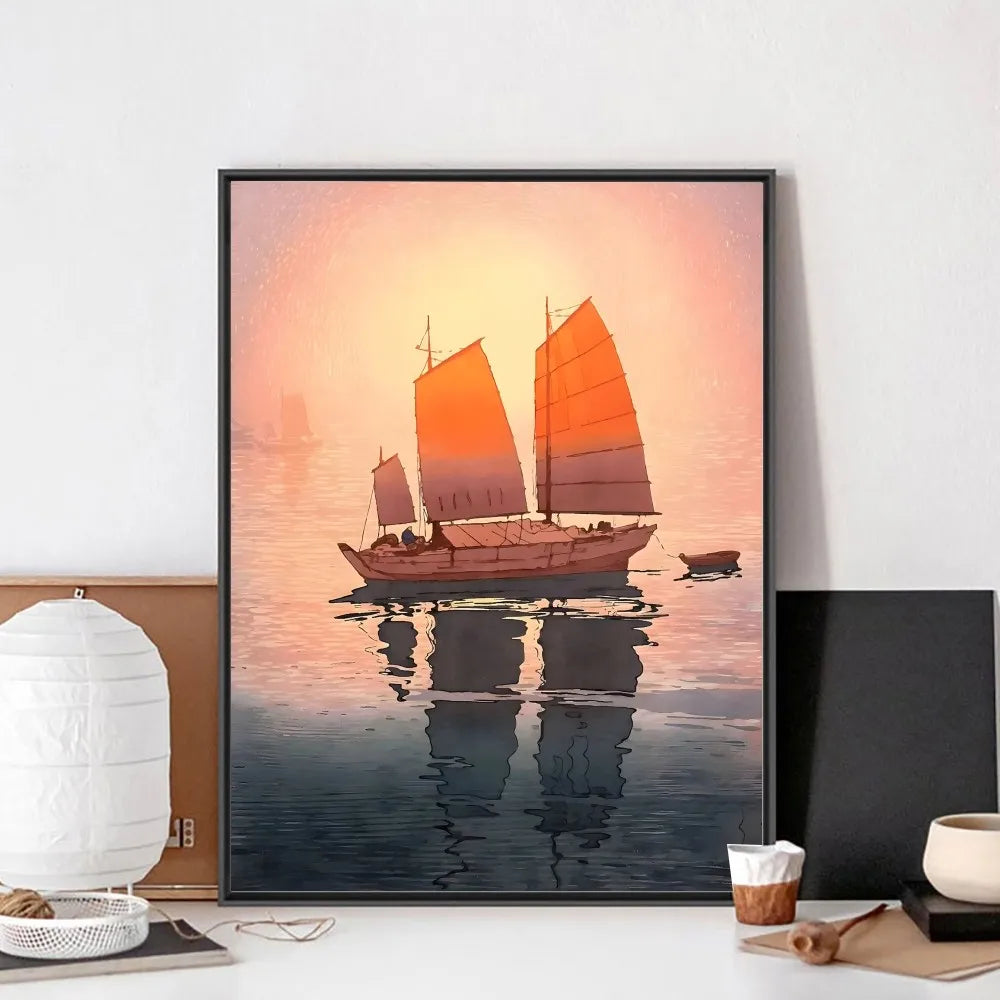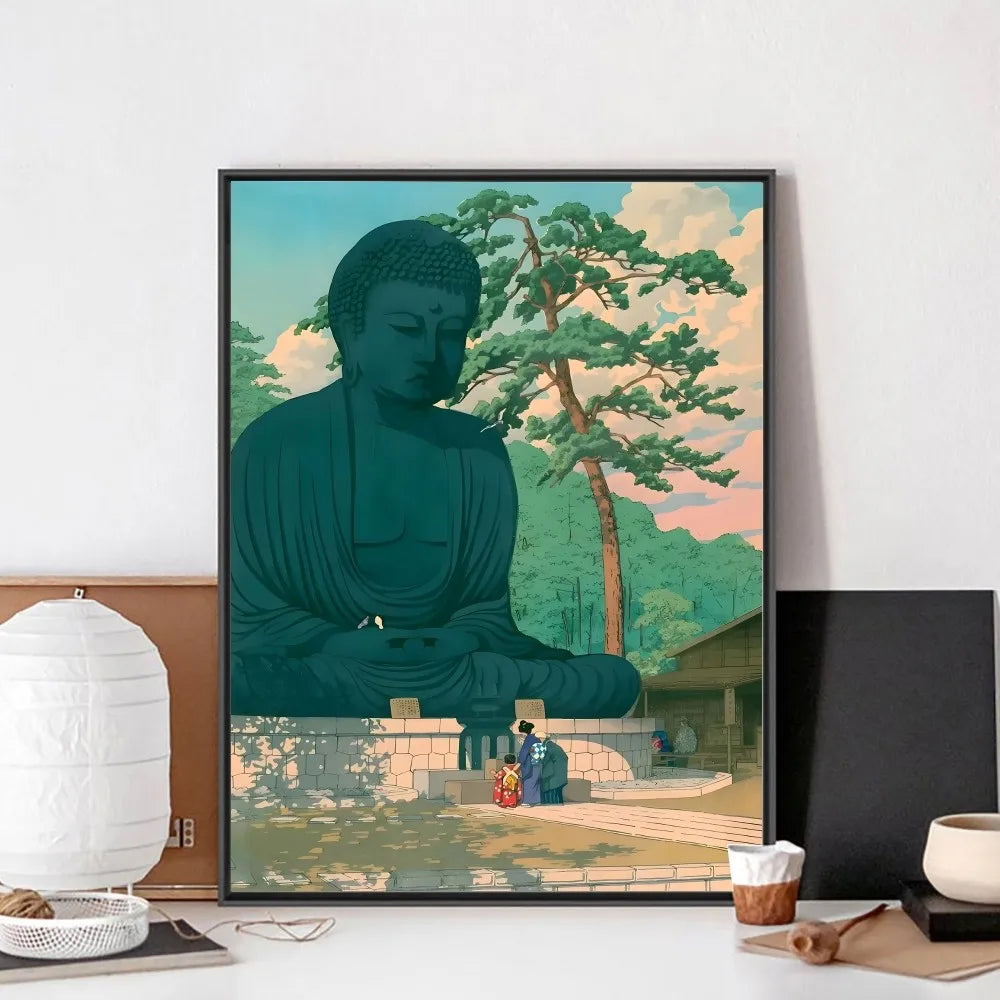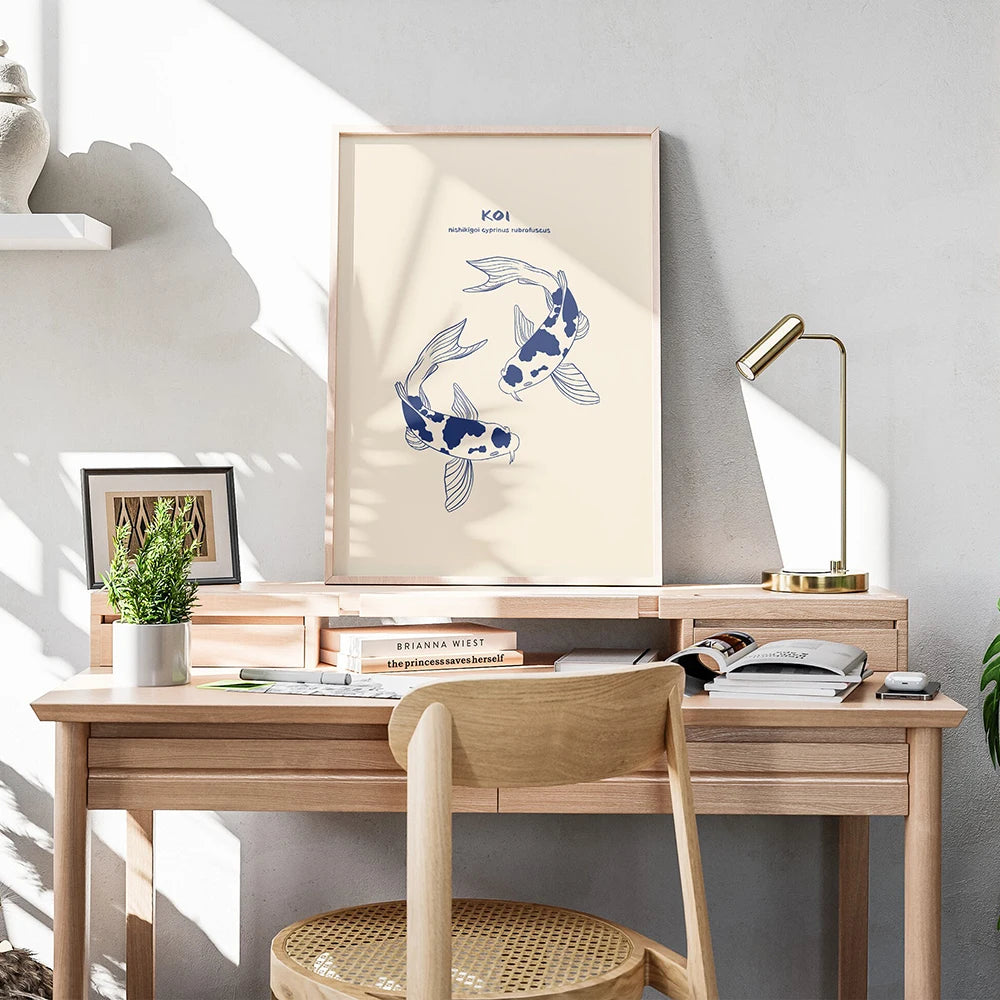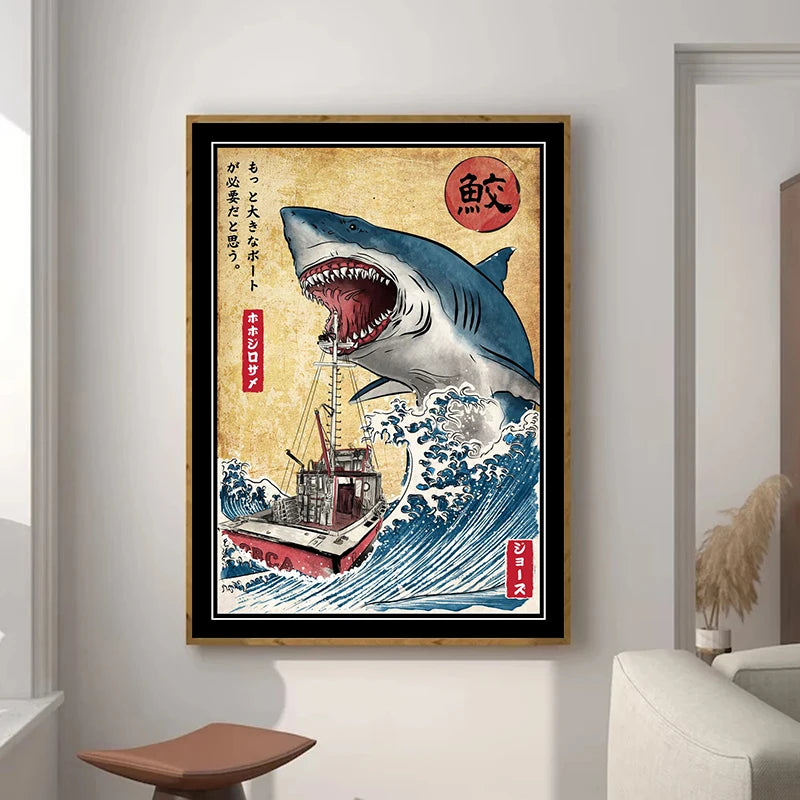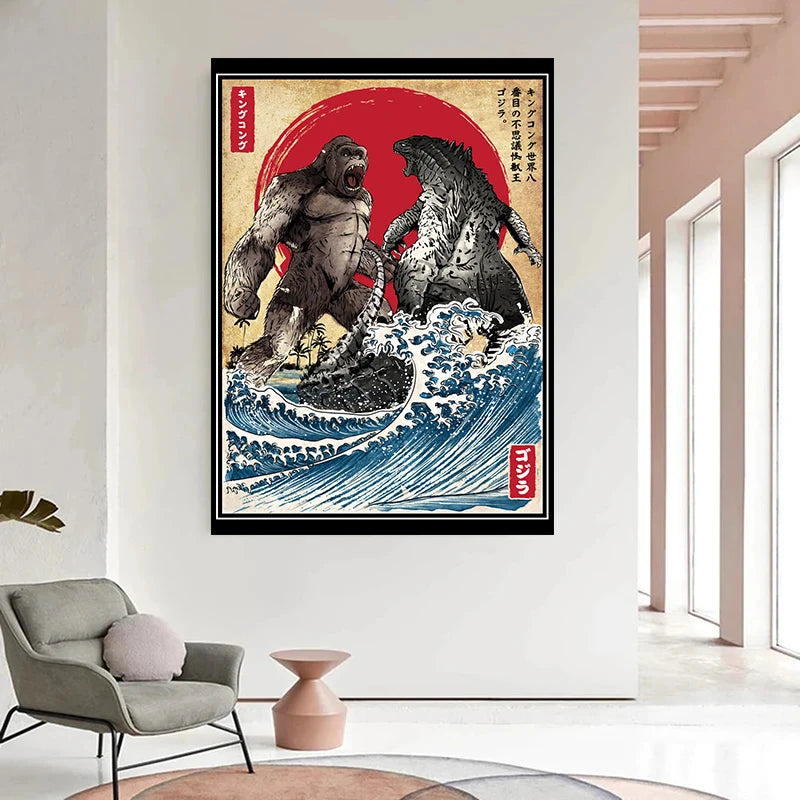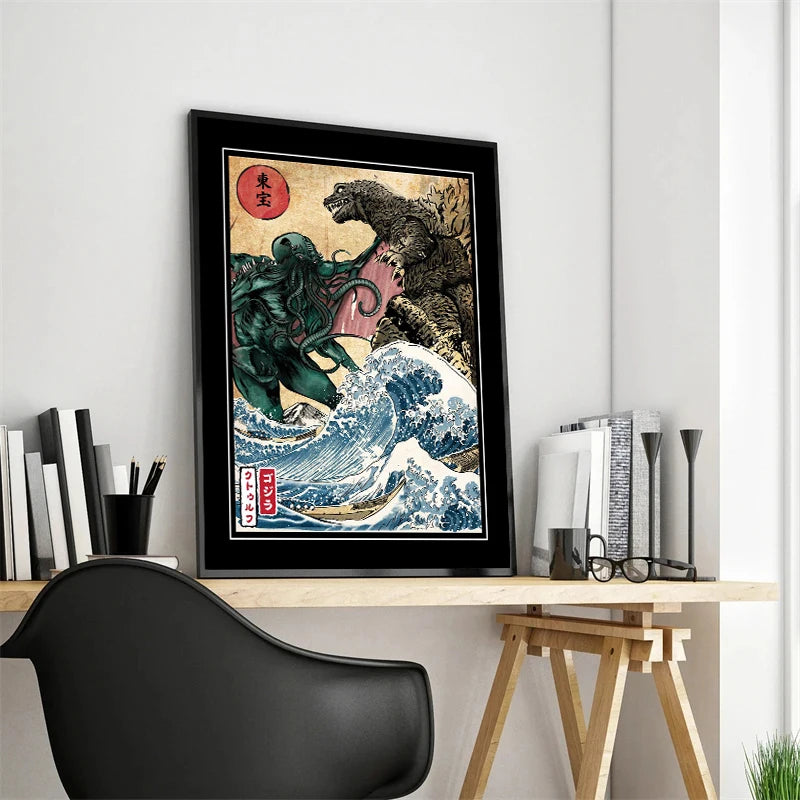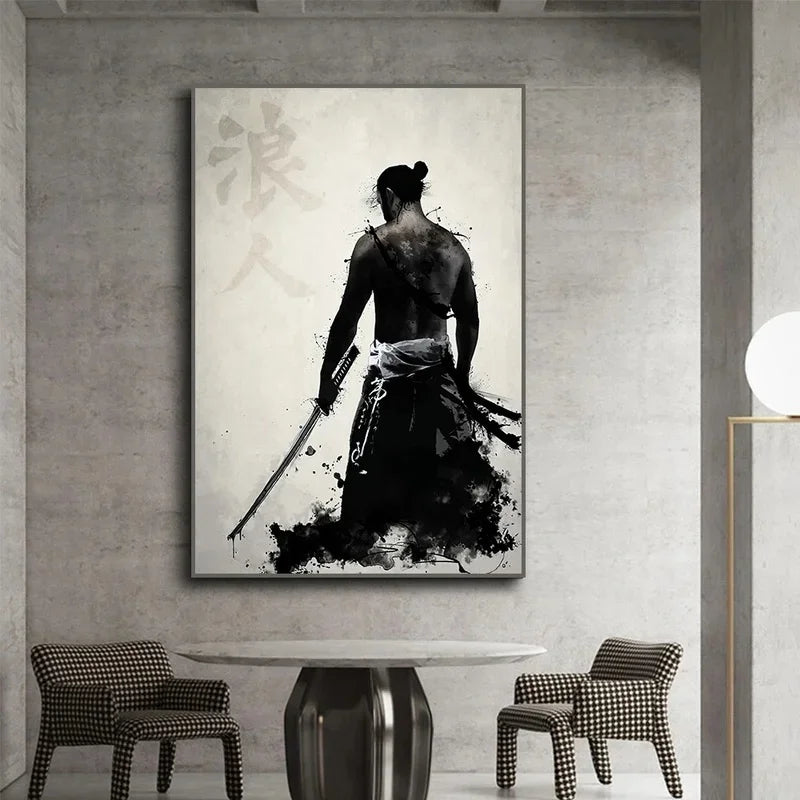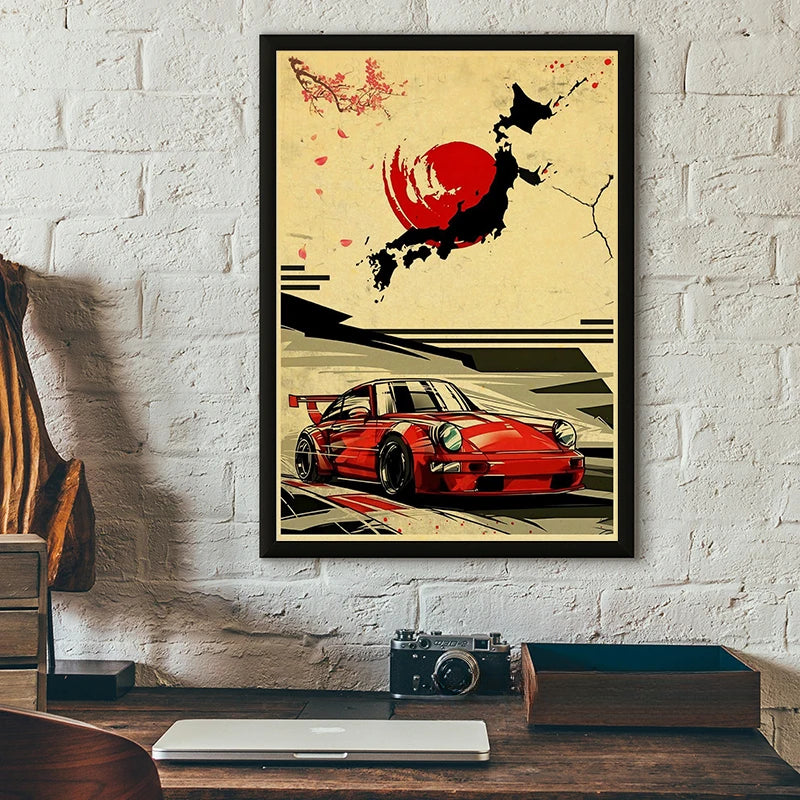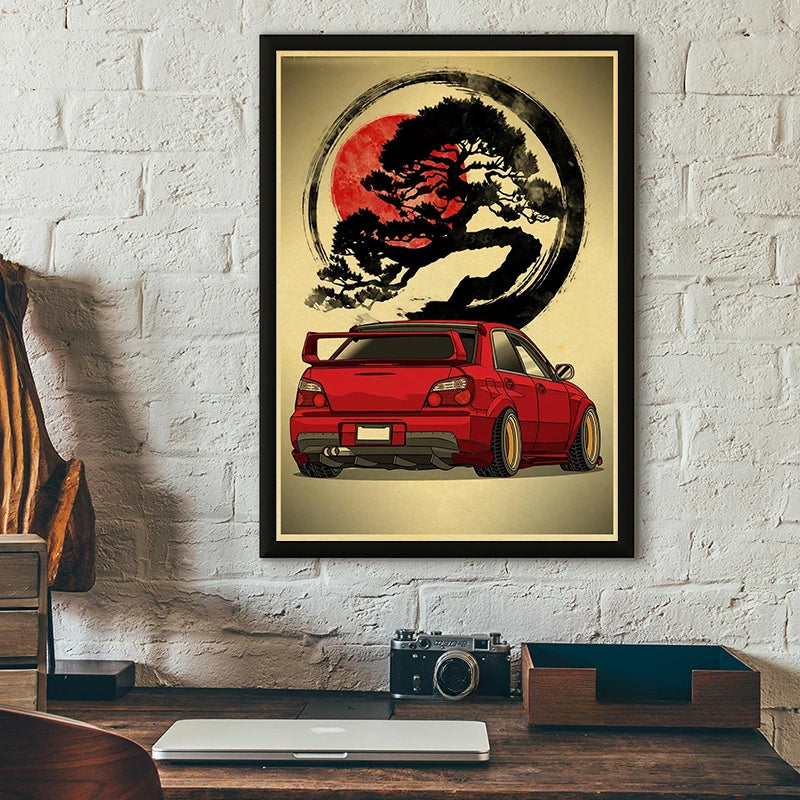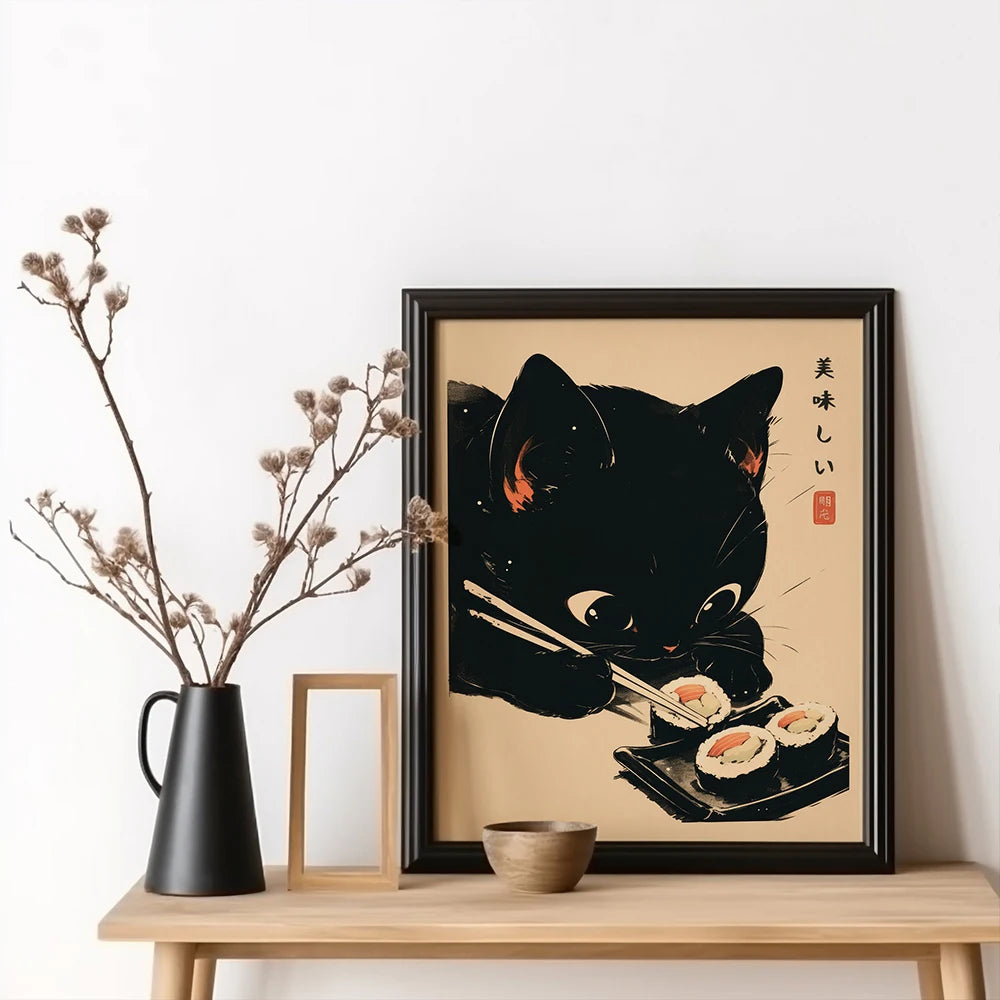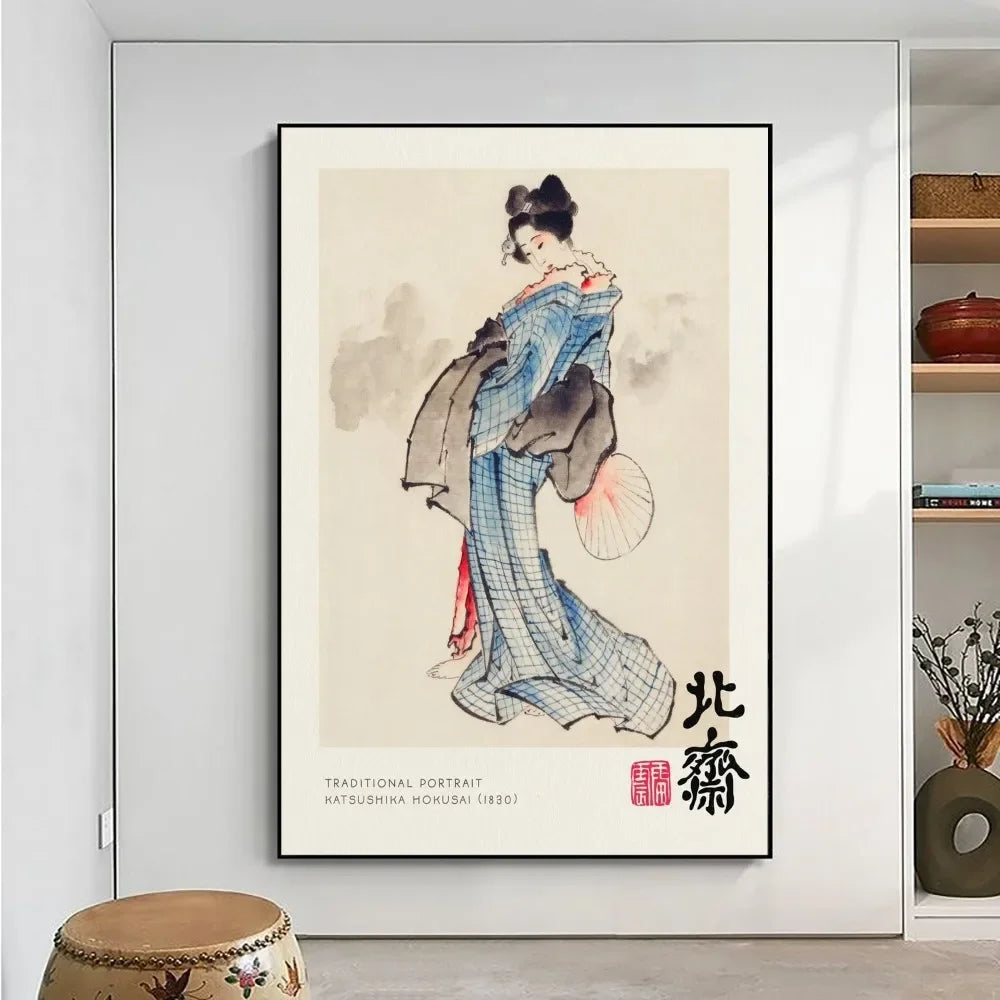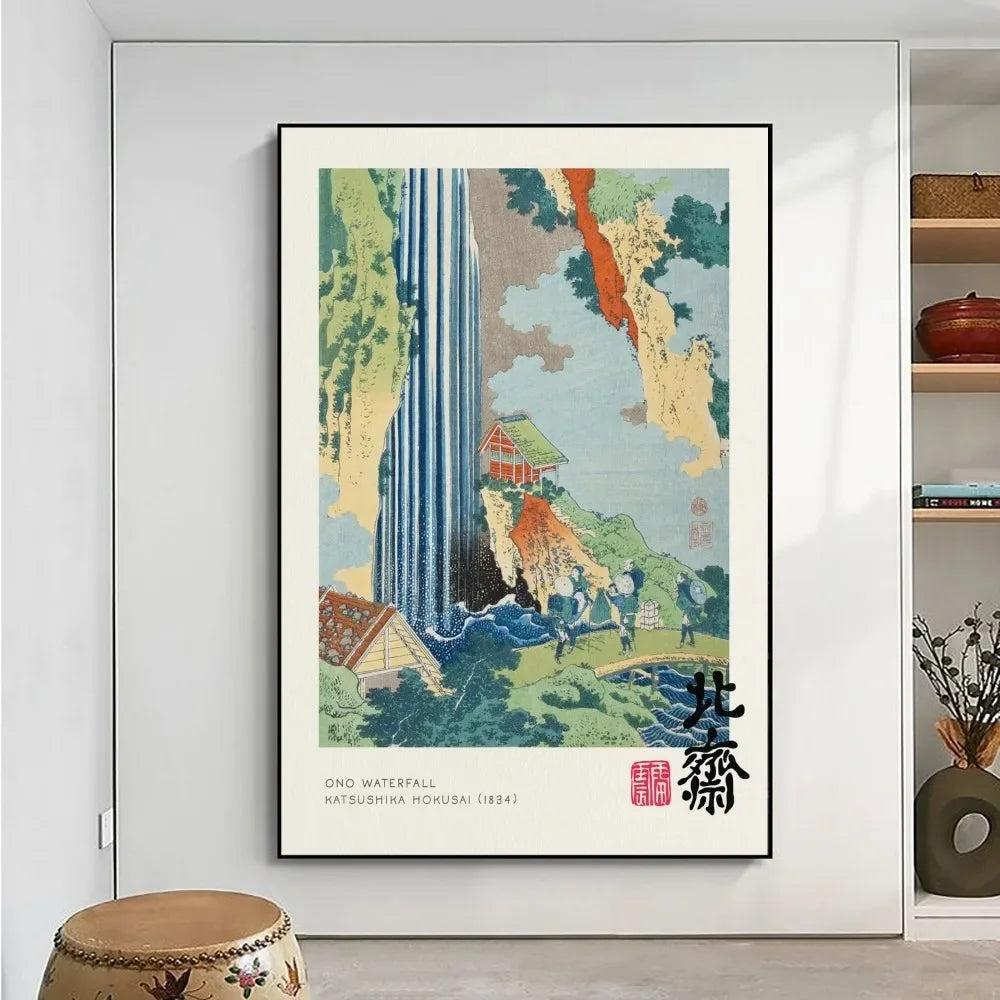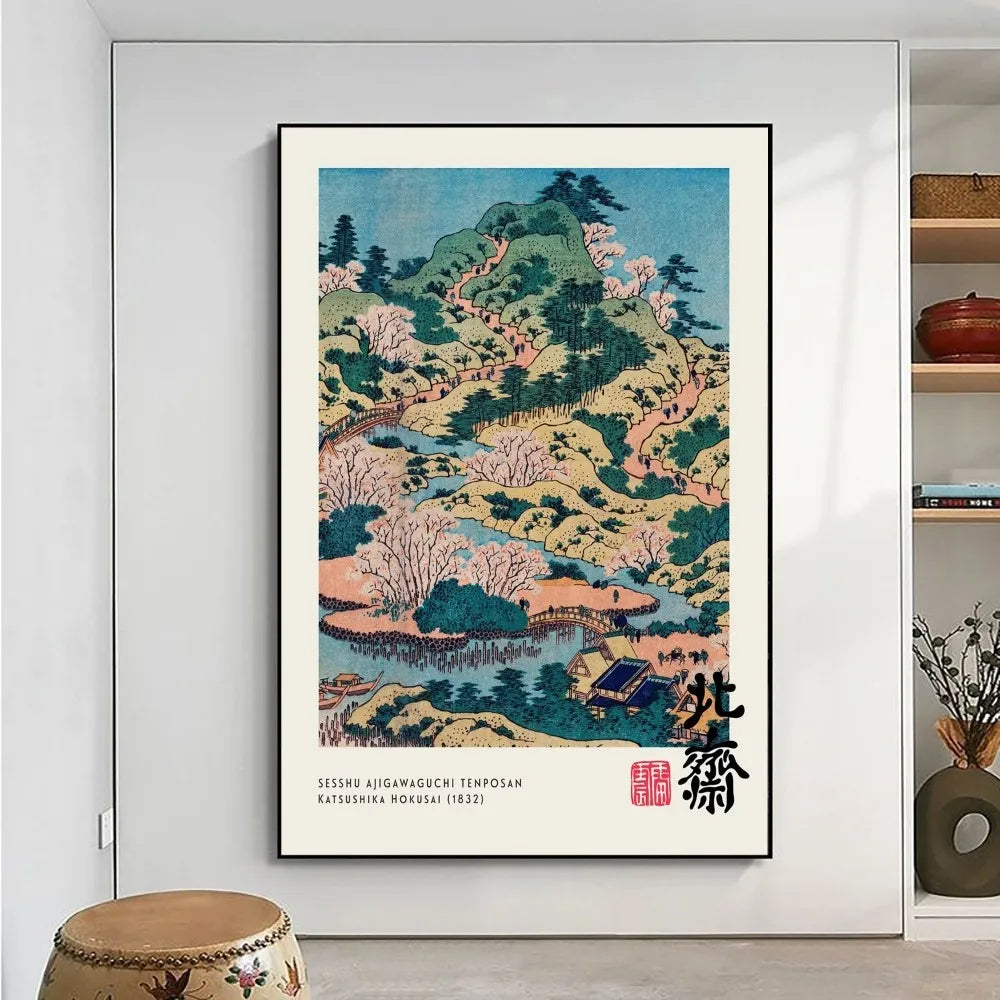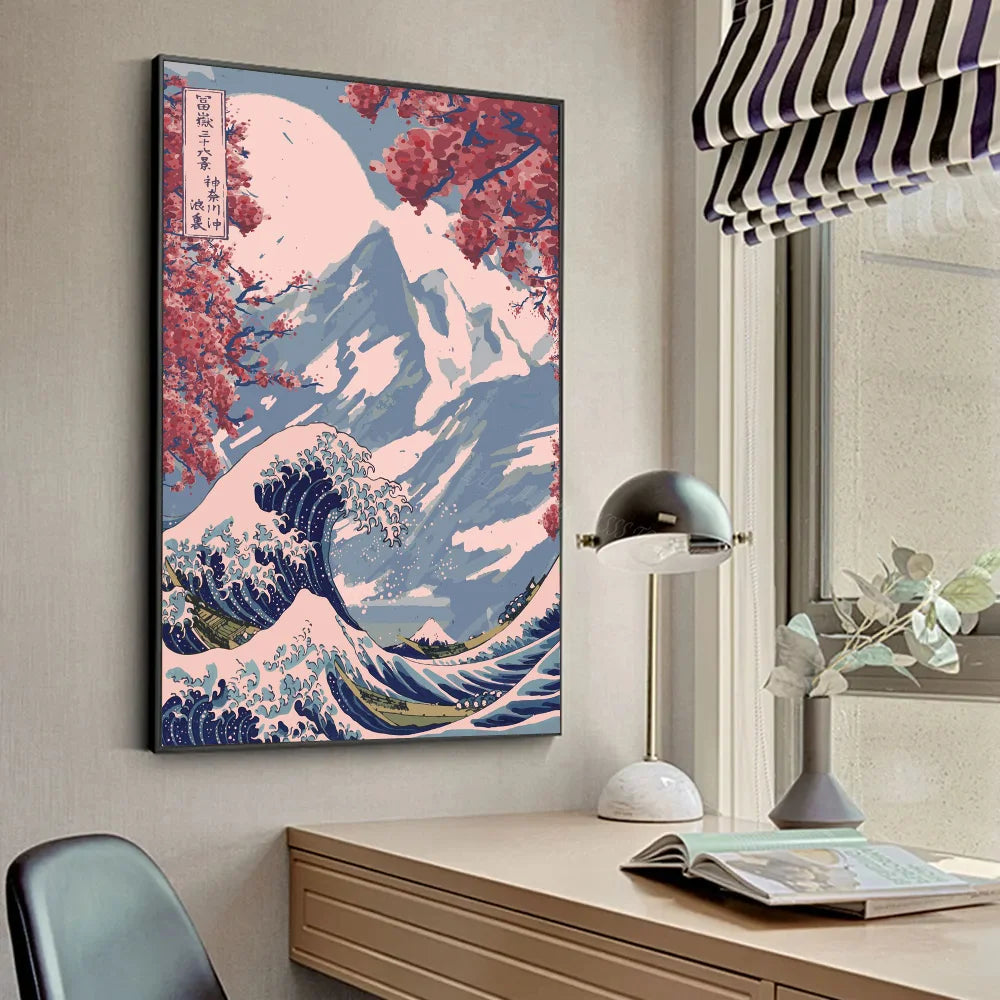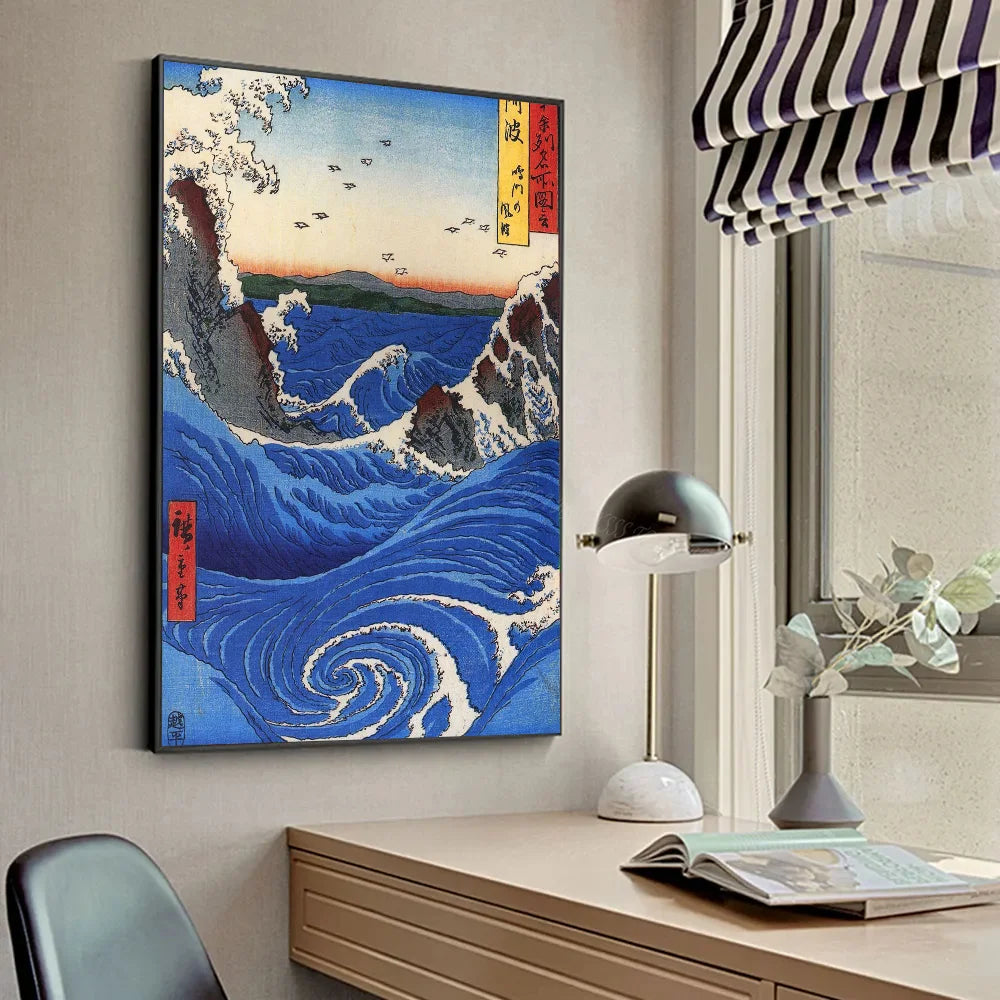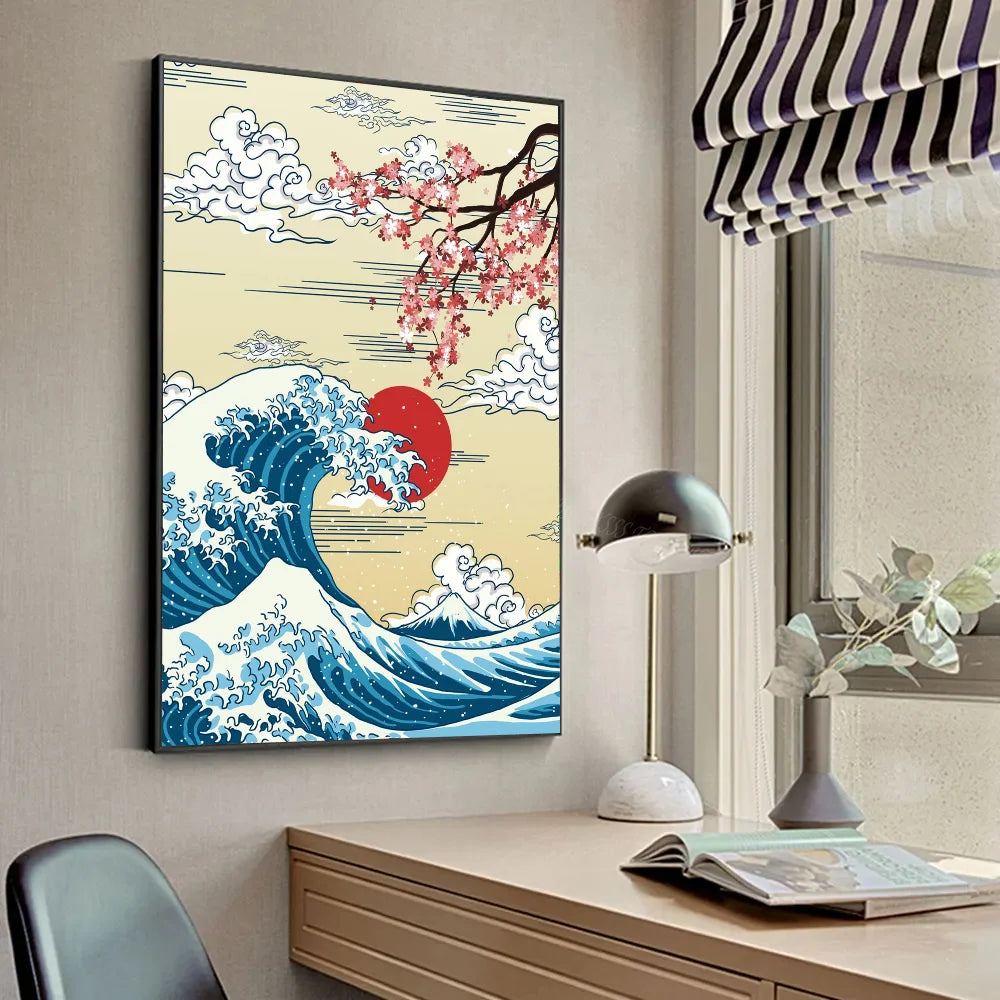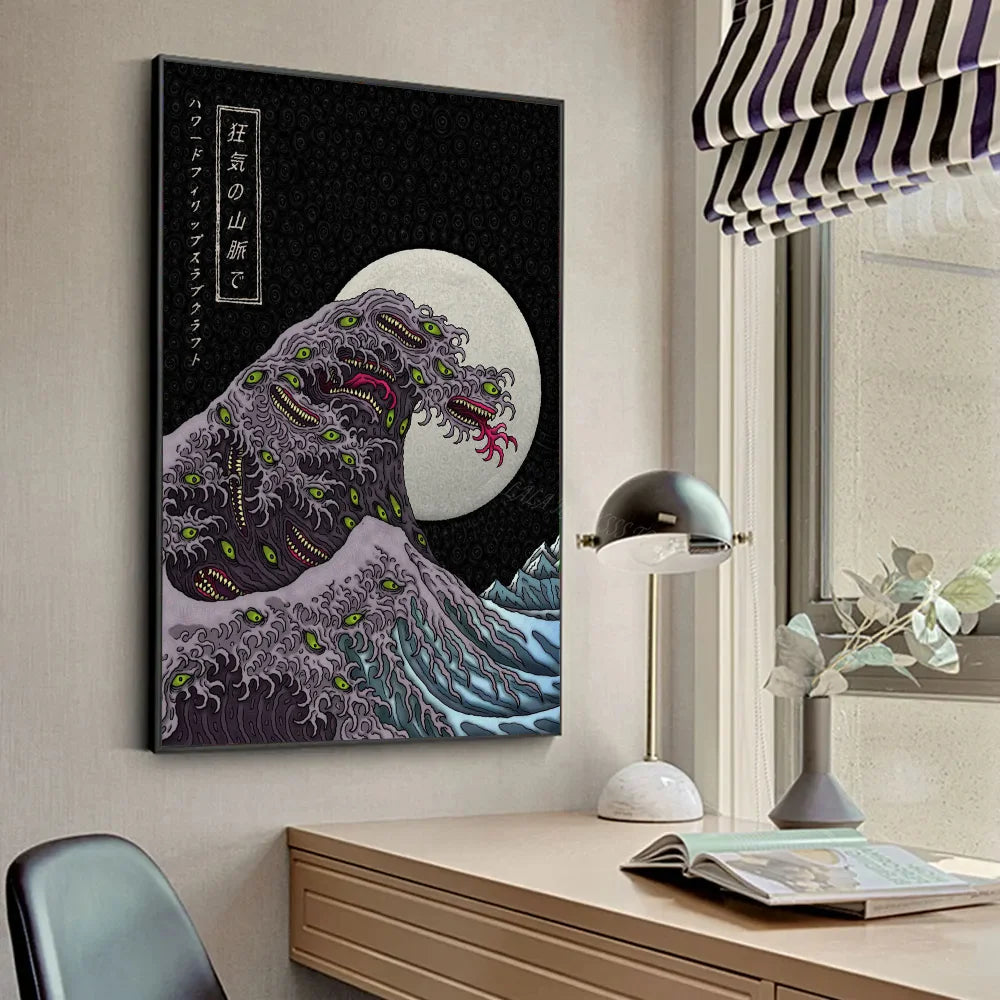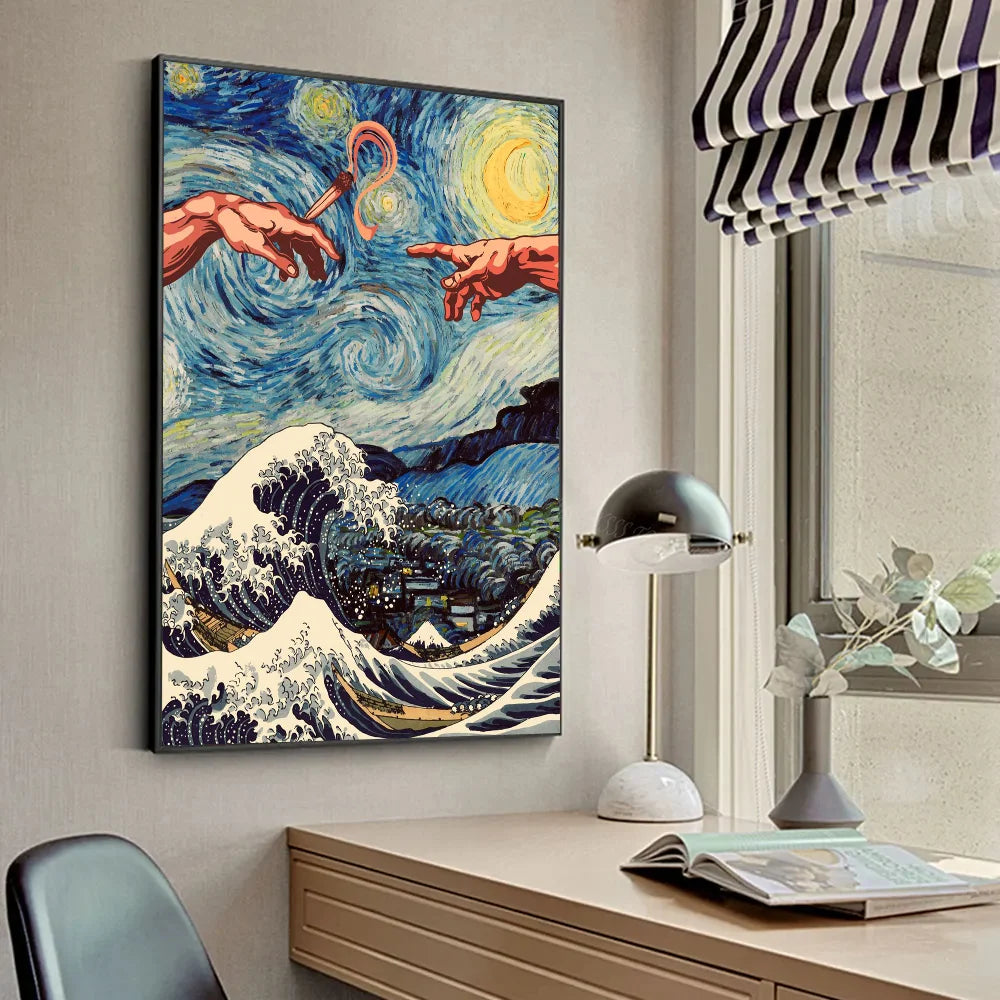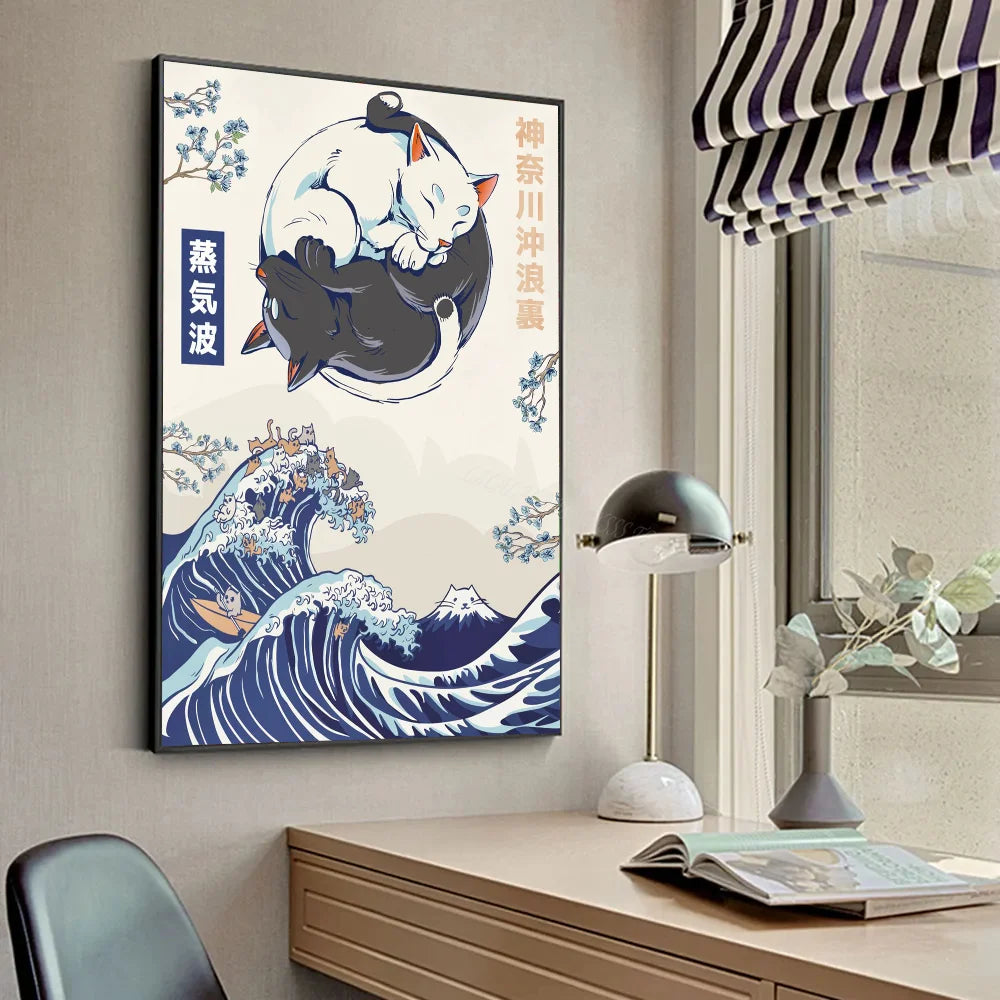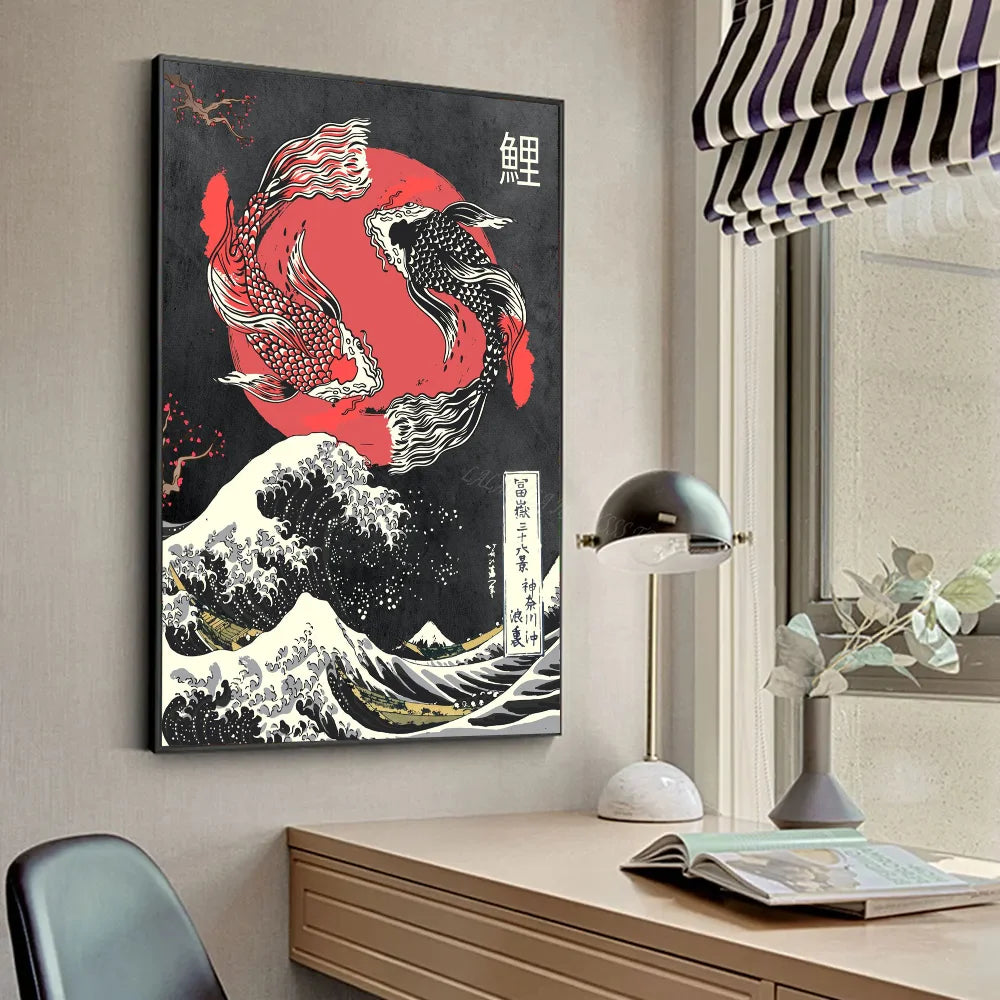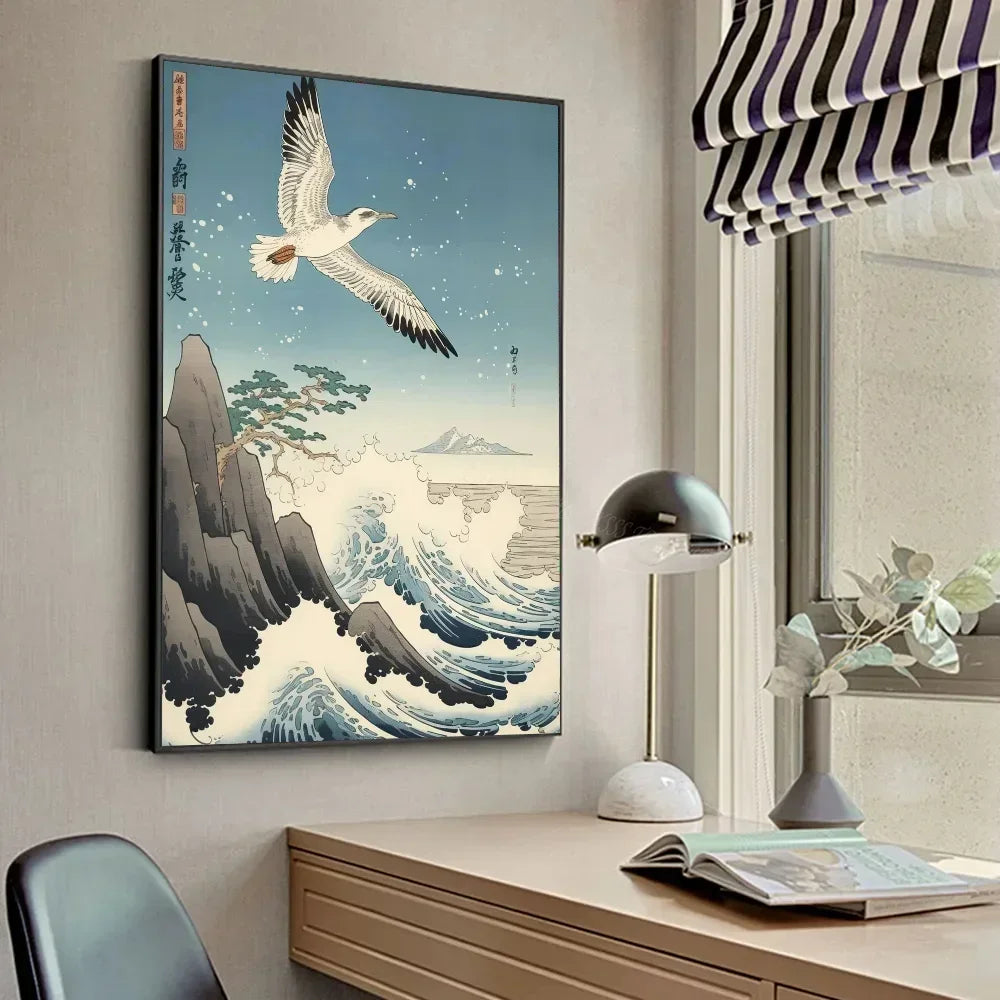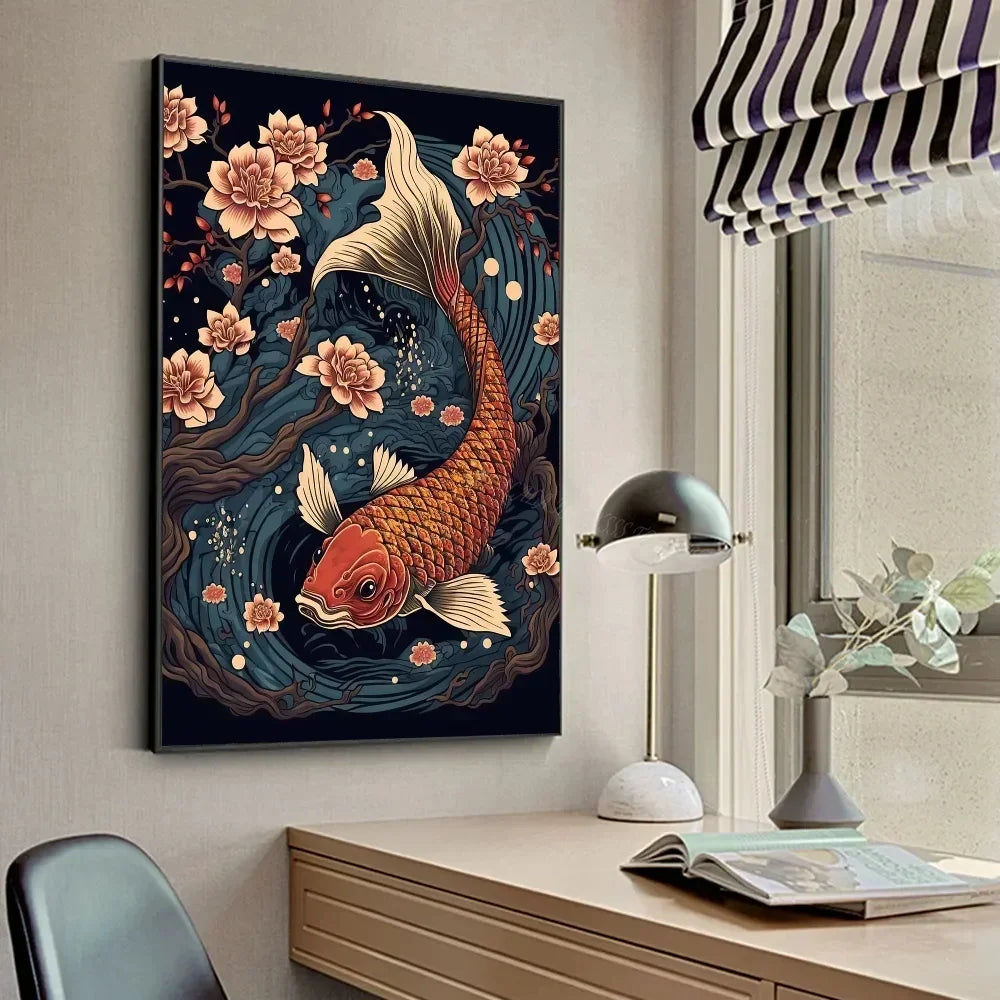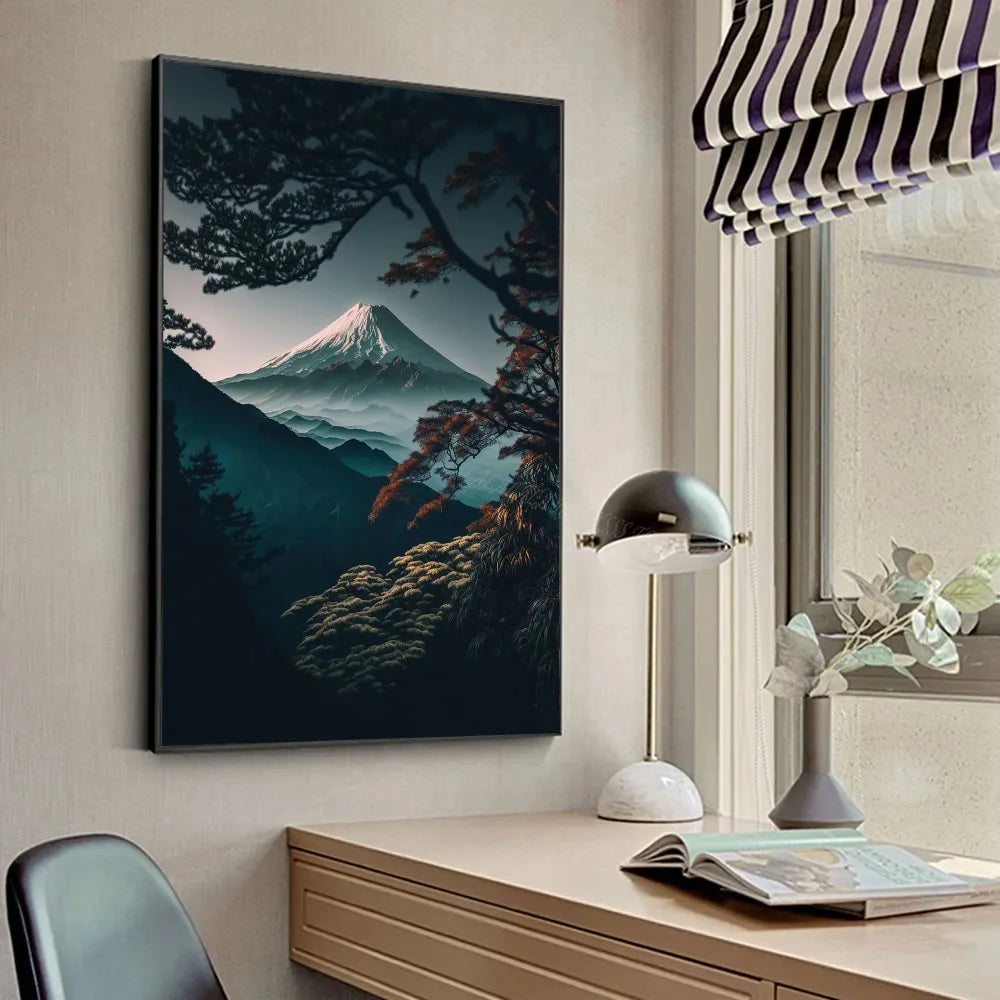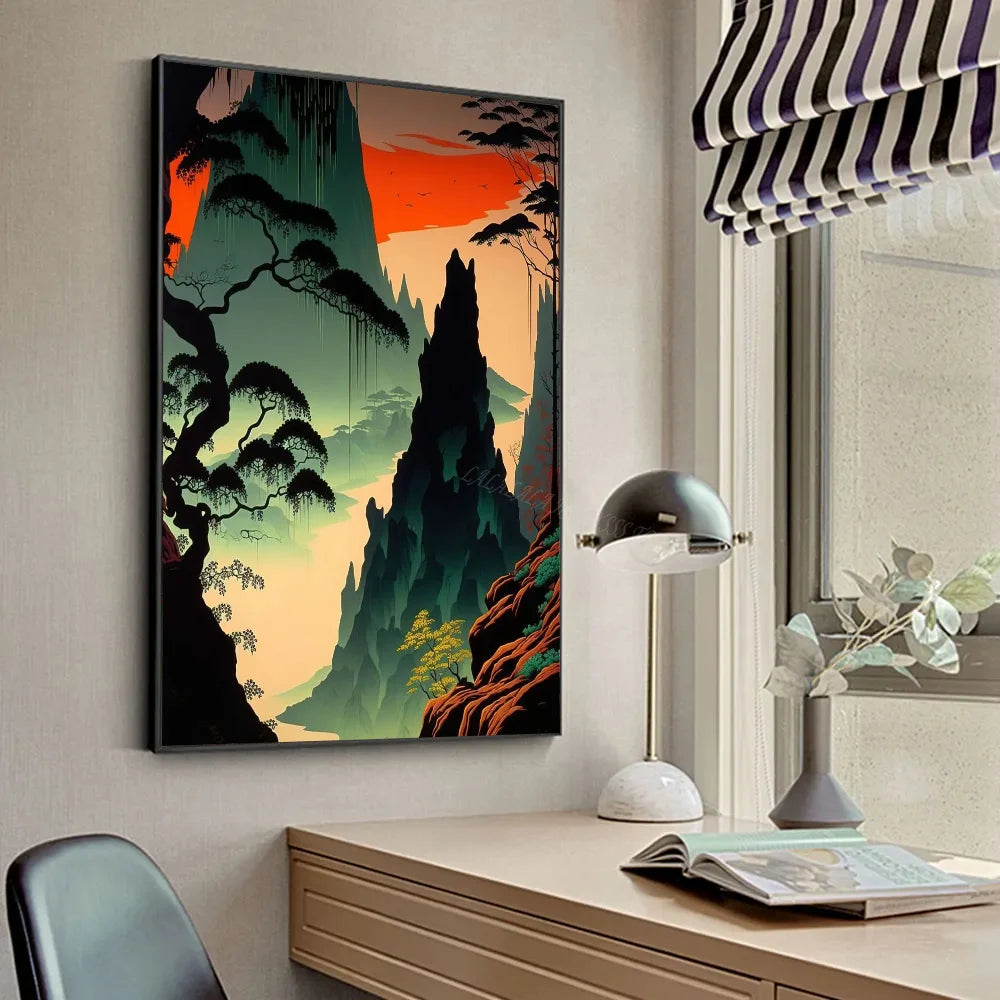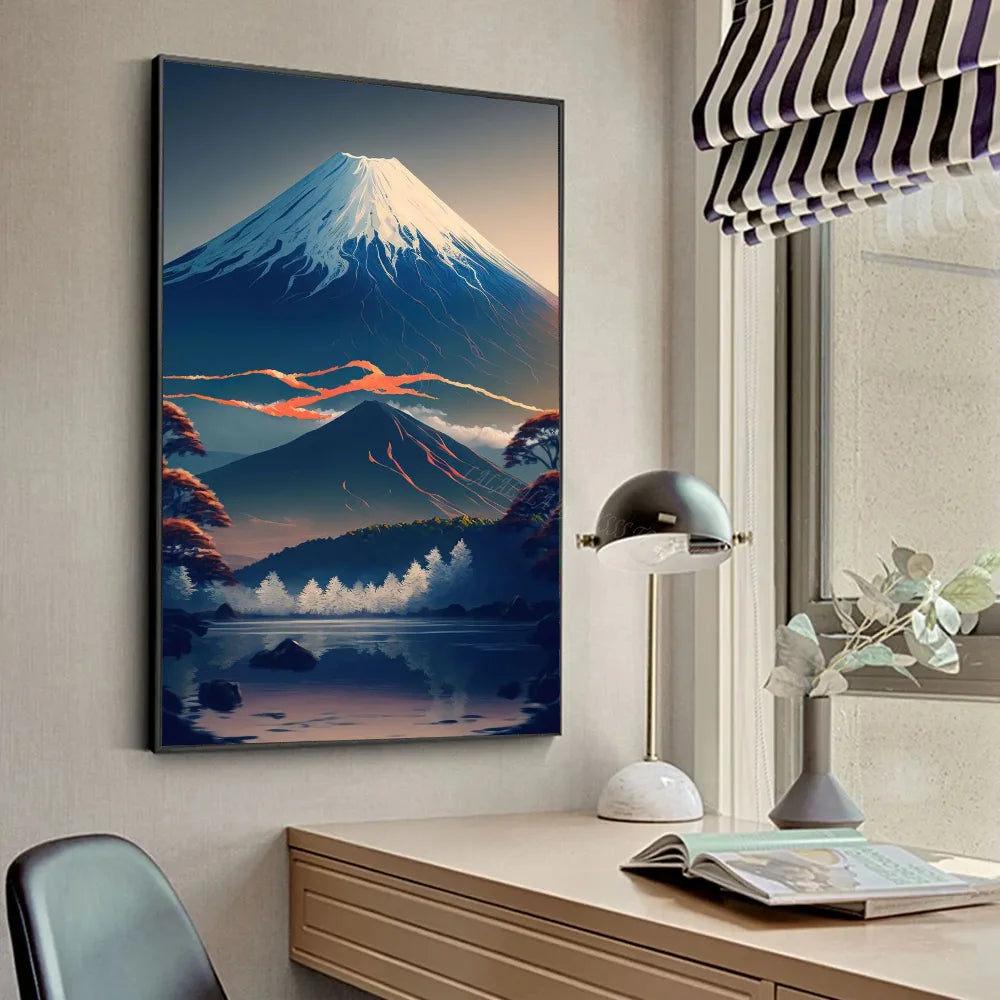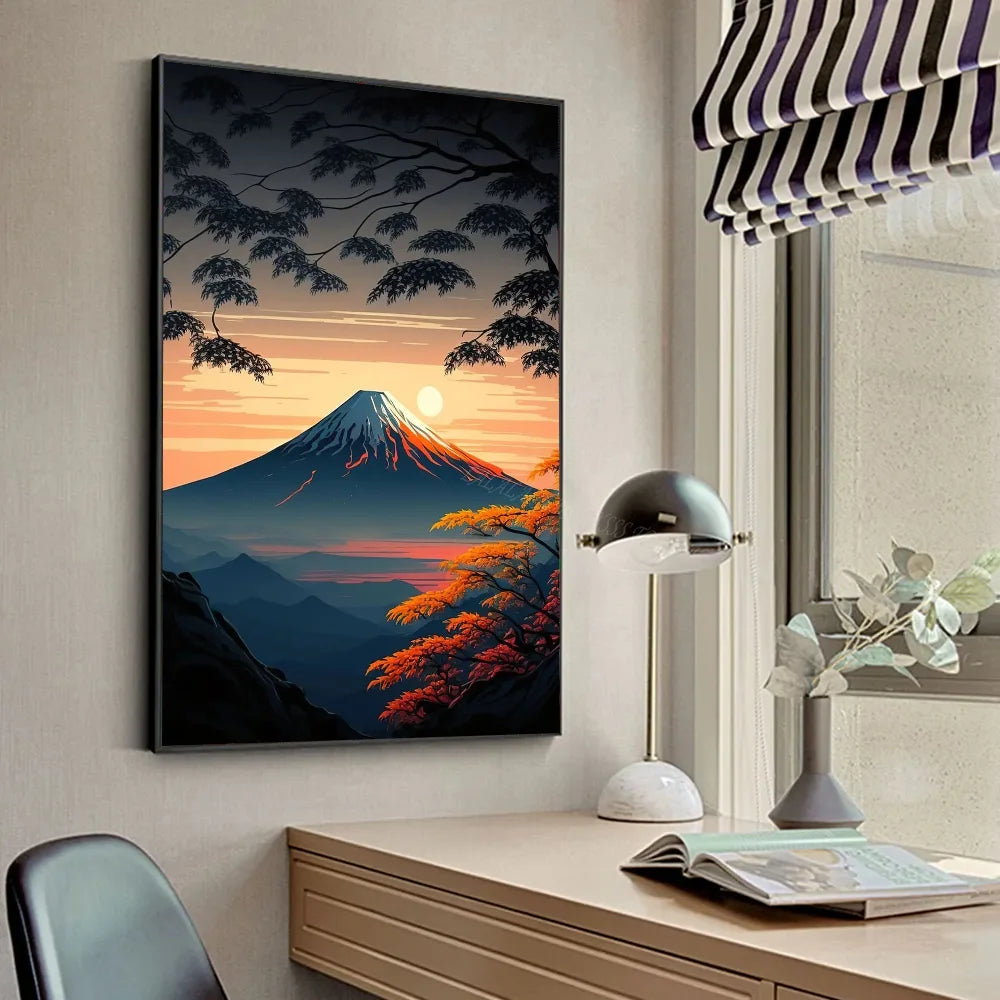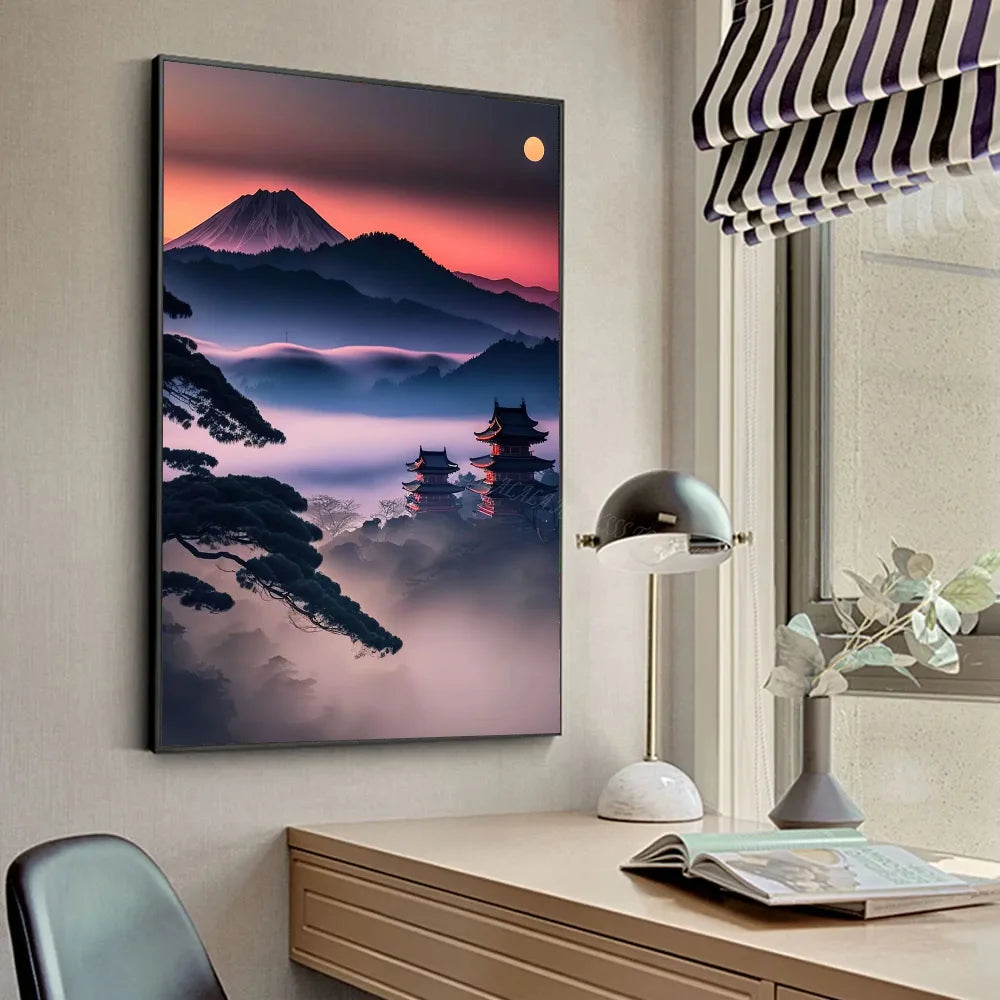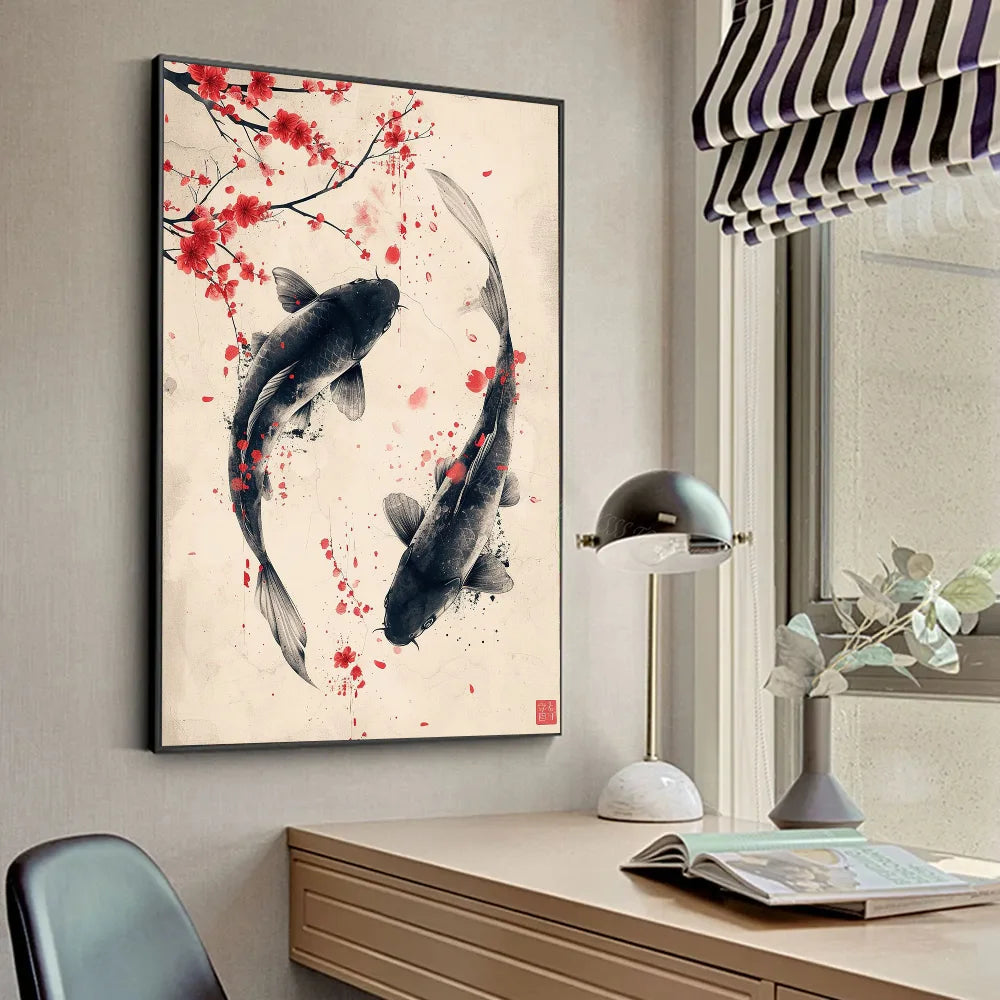Cult in the traditions of Japan, they have adorned the walls of the palaces and homes of the inhabitants of the Japanese peninsula for centuries. They have helped to keep intact the legends and extraordinary stories that have forged the reputation of Japan through the ages. The Japanese painting is a faithful representation of cultural symbols and myths of Japan, in different forms and with different colors, to obtain nuances and interpretations that appeal to the greatest number. You can also find different collections around Japanese art on our collection of Japanese decoration , which you should not hesitate to come and discover.
The Japanese wave painting is a true icon of Japanese art!
The painting "The Great Wave off Kanagawa" is one of the most famous works of Japanese art and represents a key element of the artistic movement known as "ukiyo-e." Created by Japanese artist Katsushika Hokusai in 1830, this painting is often considered one of the most famous examples of Japanese culture in the world.
The painting "The Wave in Japan" depicts a large, menacing wave rising above fishing boats, with Mount Fuji in the background. The waves are depicted as curved lines, with subtle use of color to accentuate the movement of the water. The boats and fishermen are depicted in contrast to the force of nature, emphasizing the fragility of man in the face of the power of the environment.
The Japanese wave painting is considered an artistic representation of the concept of "mono no aware," which is the Japanese sensitivity to the ephemeral nature of things. This work evokes the passage of time and the beauty of impermanence, as well as the complex relationship between humans and nature.
This Japanese painting enjoyed great popularity in Japan at the time, but was also widely distributed throughout the world through reproductions and imitations. It influenced many Western artists, particularly the Impressionists, and is considered an iconic representation of Japanese culture.
In addition to its artistic significance, the painting "The Great Wave off Kanagawa" is also an important cultural symbol for Japan, representing the strength and beauty of nature, as well as the complex relationship between humans and the environment.
The key motifs of a Japanese-style wall decoration
Japanese decorative elements are deeply inspired by nature and the symbolism that surrounds it. From iconic plants to mythical animals , each motif expresses a strong value of Japanese culture. We often find, on wall hangings or paintings, representations of plants whose fragile brilliance evokes the ephemeral beauty of life. These representations instill a feeling of serenity in the space, ideal for promoting inner calm and visual balance. Here are some emblematic figures that we frequently encounter in Japanese interiors:
-
Bamboo : embodies resilience and simplicity
-
The cherry blossom (sakura) : evokes renewal, transience and grace
-
The koi carp : represents courage, strength in the face of adversity
-
The crane : symbol of prosperity and happiness.
Adopting these symbols means integrating a part of Japanese philosophy into your interior.
Where can Japanese landscape paintings be installed?
Paintings inspired by Japanese landscapes can be used in any room of the house, provided they are tastefully integrated into the overall ambiance. To create a Zen atmosphere in a bedroom, there's nothing like a canvas with clean lines depicting:
-
mountains;
-
cherry blossoms; or
-
a traditional temple.
Soft tones like beige, green or deep red reinforce the calming aspect of the whole. If the room is intended for a teenager , a painting with brighter colors or with a graphic style inspired by manga can energize the space while maintaining a Japanese touch.
In the living room, Japanese landscape prints can be combined with elements such as:
-
sliding partitions;
-
ceramic objects; or
-
a bonsai.
A canvas depicting Mount Fuji or a misty forest scene will add a contemplative touch. Even in a bathroom, a bamboo painting brings freshness and serenity.
The advantages of decorating with Japanese paintings
Adopting Japanese paintings in your interior is much more than just an aesthetic touch. It is an invitation to calm, balance and serenity. These works, often inspired by nature or traditional scenes, bring a truly soothing atmosphere . By decorating your walls with this type of visual, you create a space that reflects you while cultivating a harmonious atmosphere. Whether through landscapes of Mount Fuji, Zen gardens or silhouettes of geishas, each painting conveys a message of softness and discreet beauty. This decoration allows you to mark your identity without visual overload , which is perfect for promoting well-being on a daily basis.
Additionally, incorporating Japanese art into your home enhances a sense of comfort and intimacy. Choosing a canvas, through its colors, style, and meaning, helps create a space that soothes and inspires you. It's not just about decorating a wall, but about giving meaning and life to the entire room . Having visual representations of nature, slowness, or Japanese tradition in your home allows you to slow down and reconnect with what's essential. Ultimately, Japanese-inspired paintings transform your home into a warm refuge, conducive to well-being and relaxation.
To showcase your paintings, you can come and take a look at our collection of Japanese lamps ! They will allow you to adopt a style in keeping with the Japanese universe and thus create a uniform ensemble and a calm and warm atmosphere in your living rooms!











